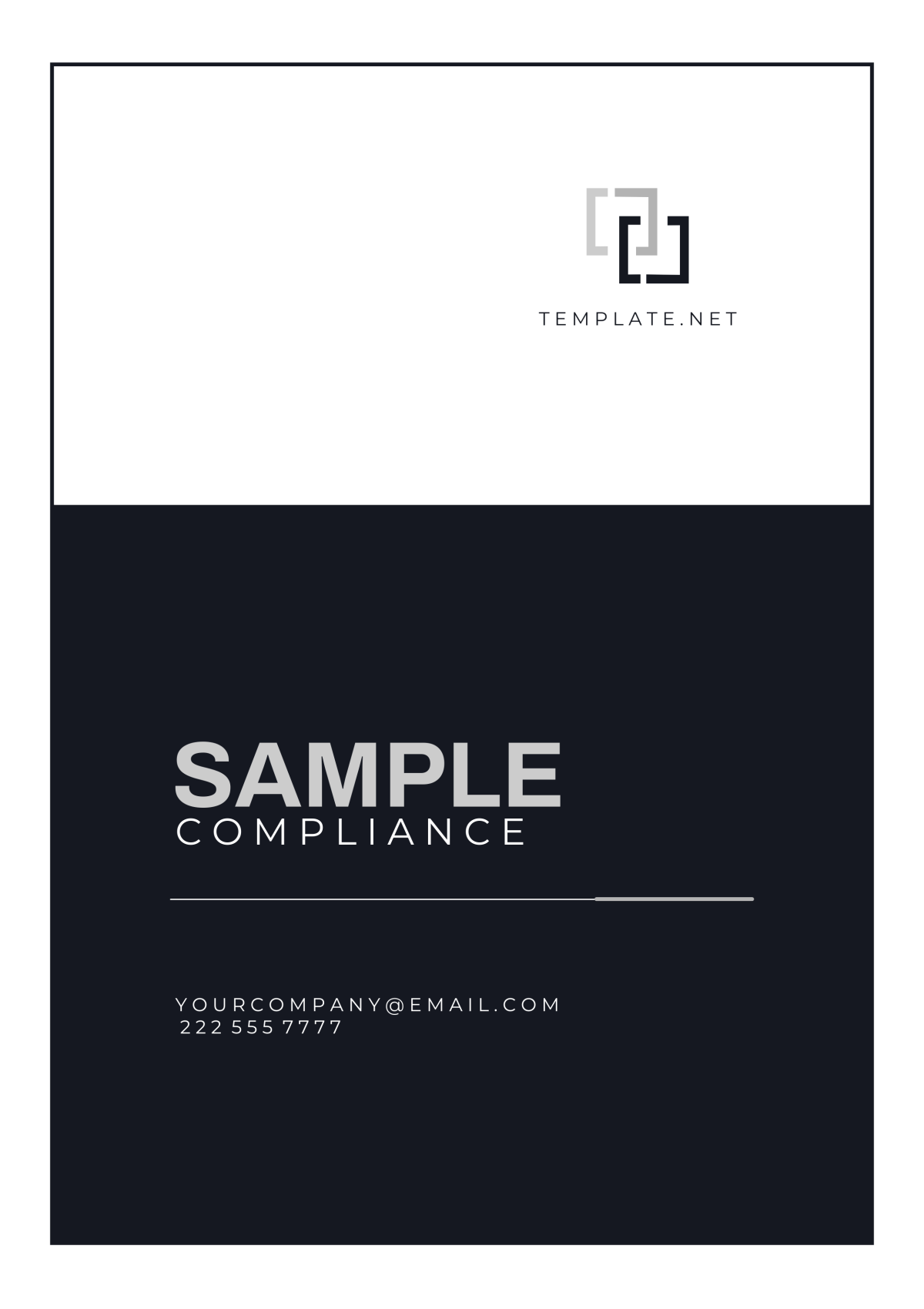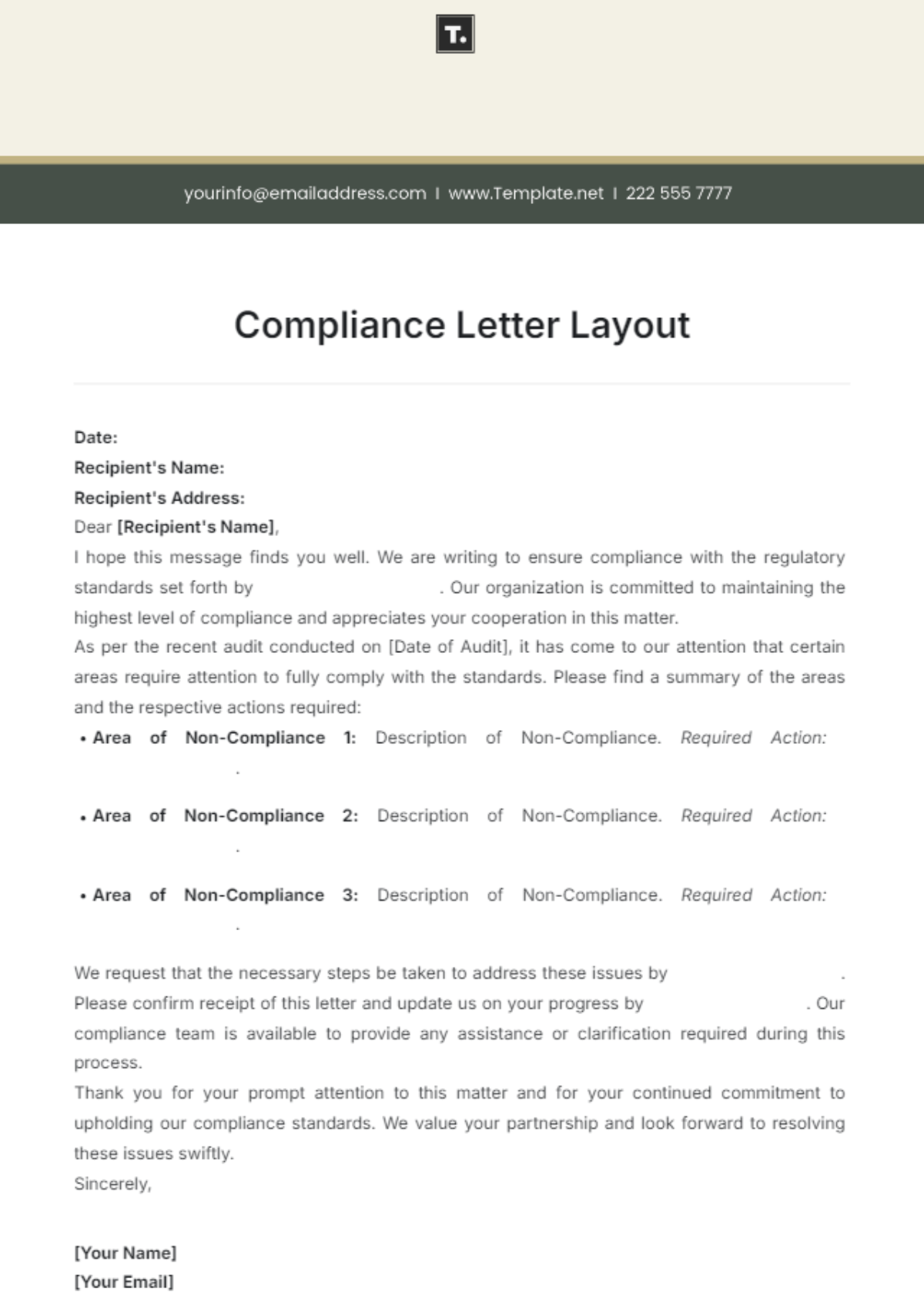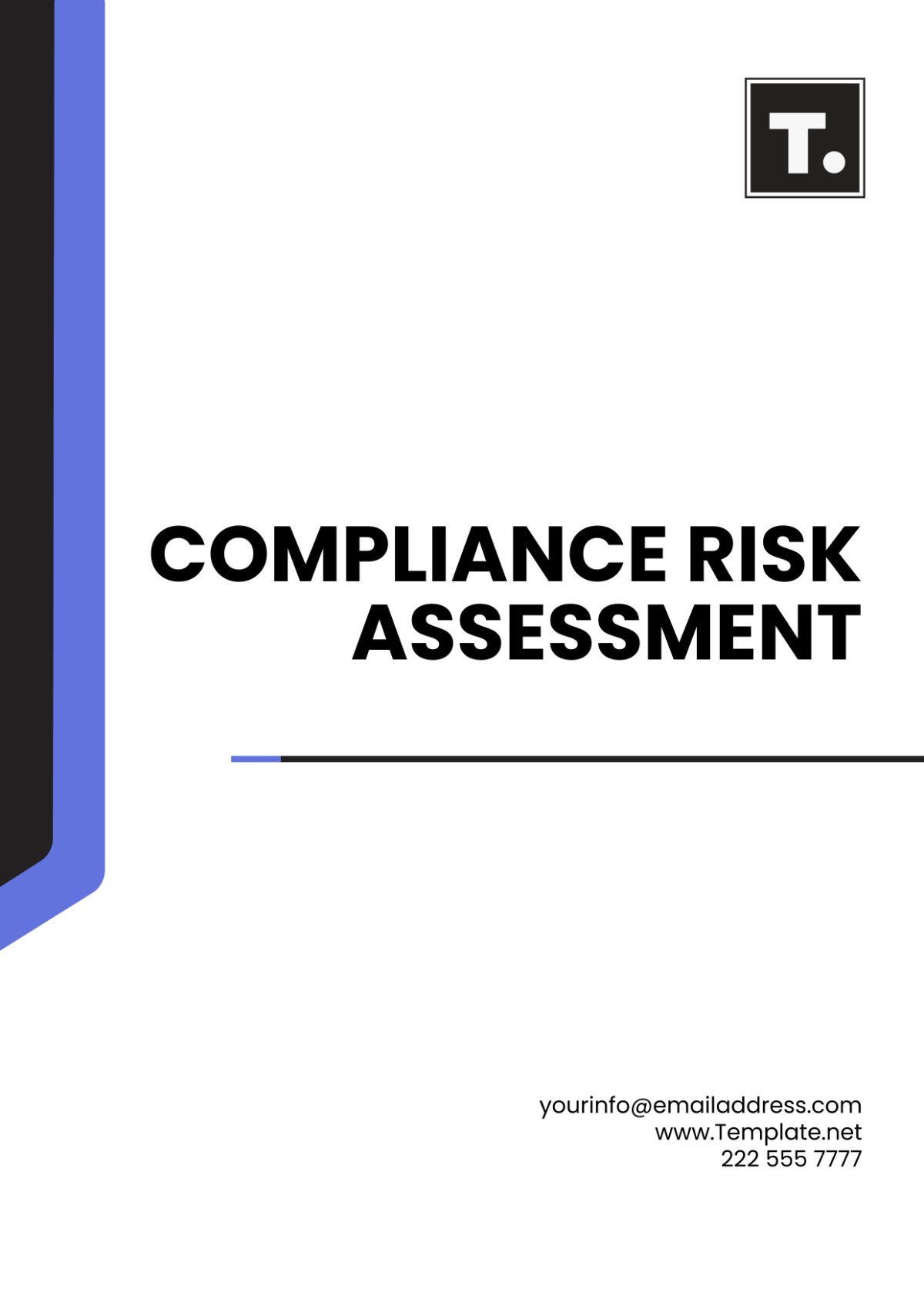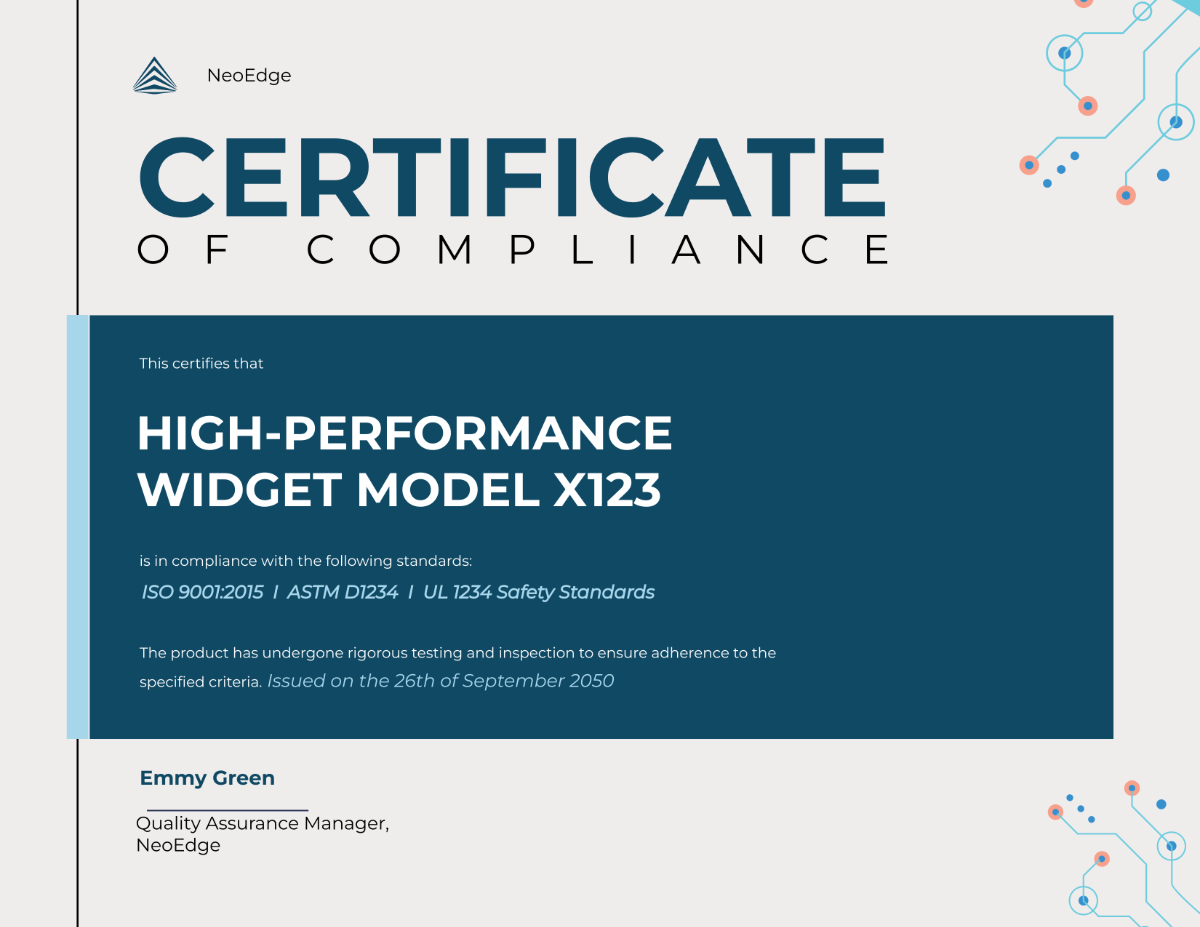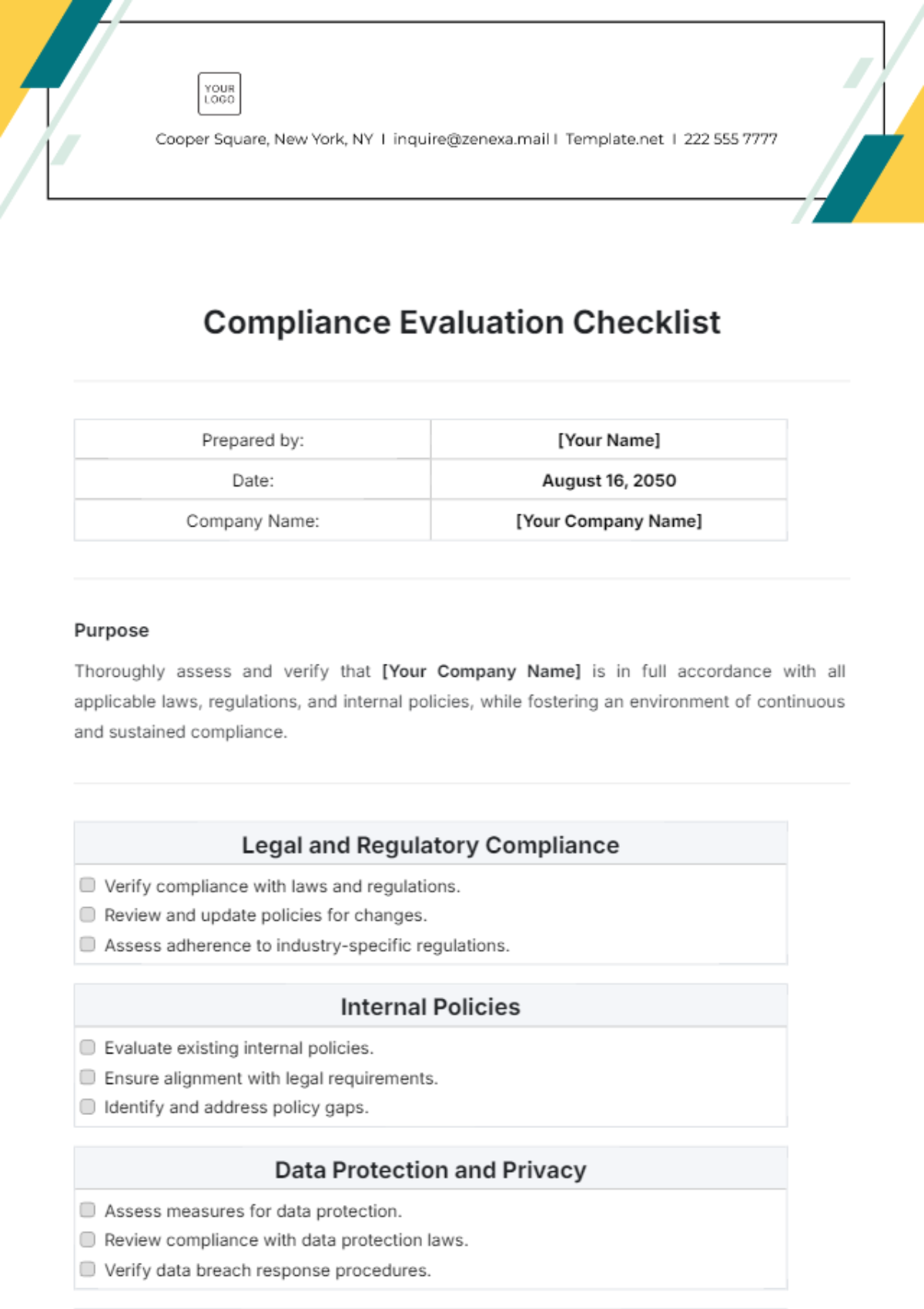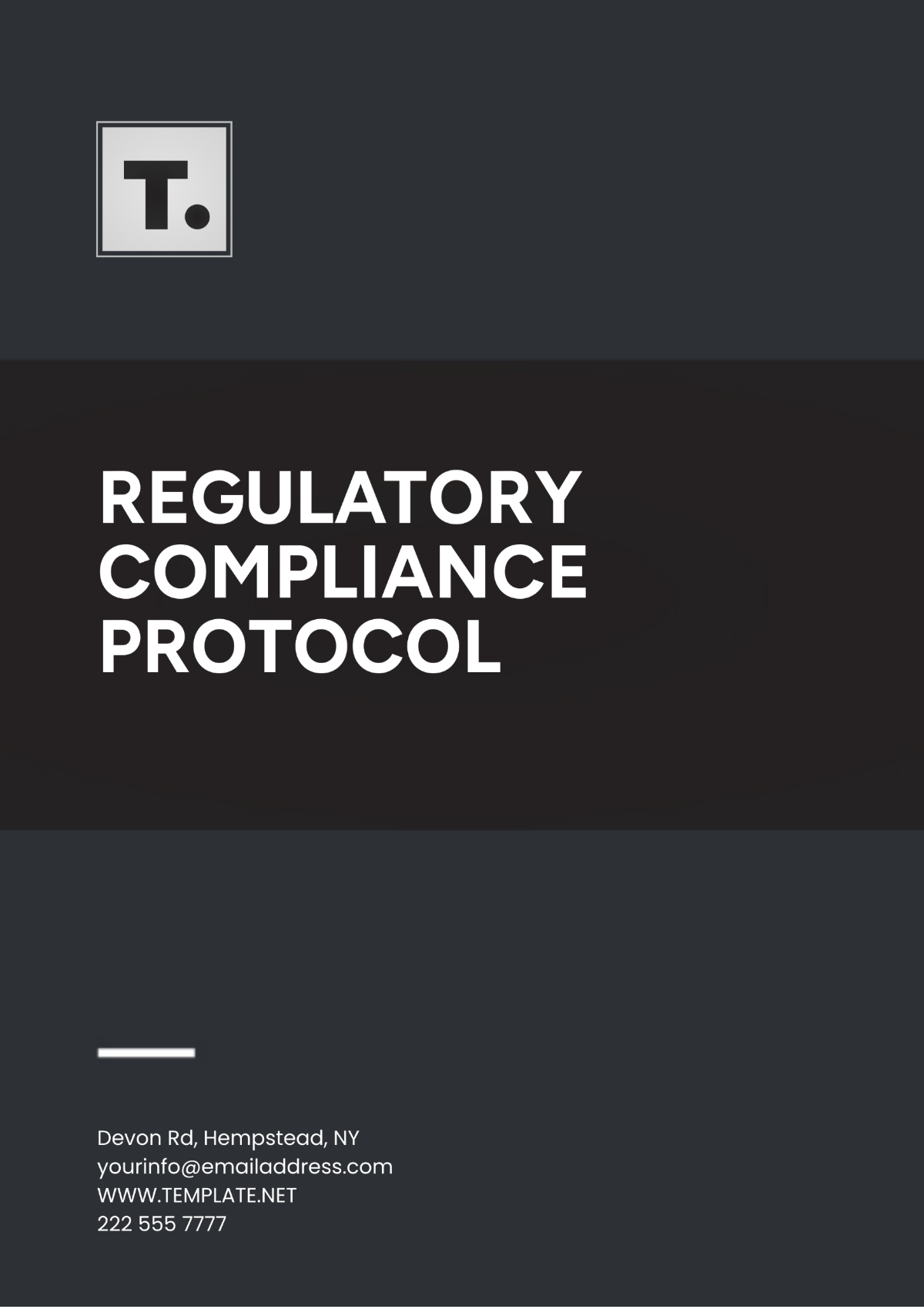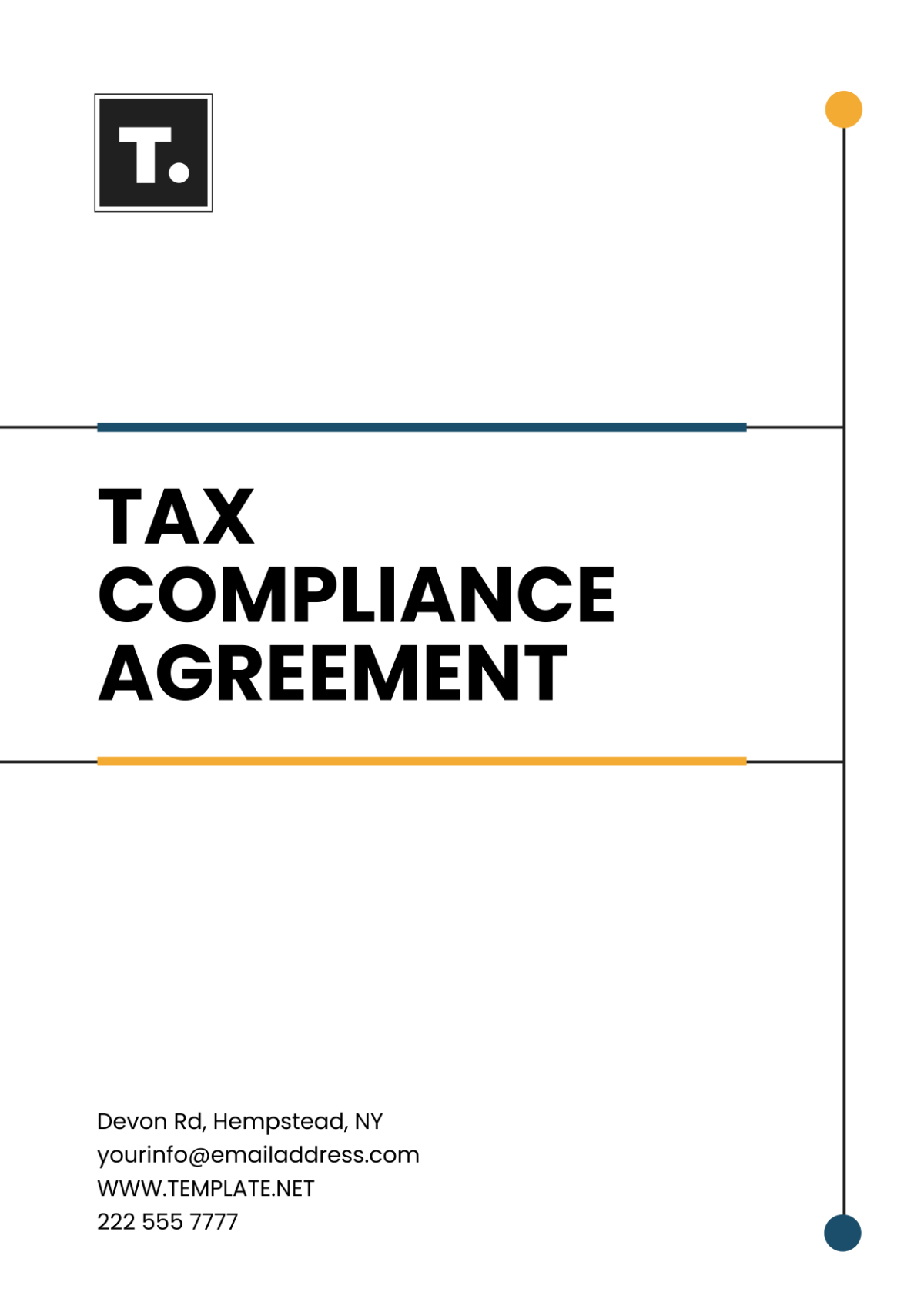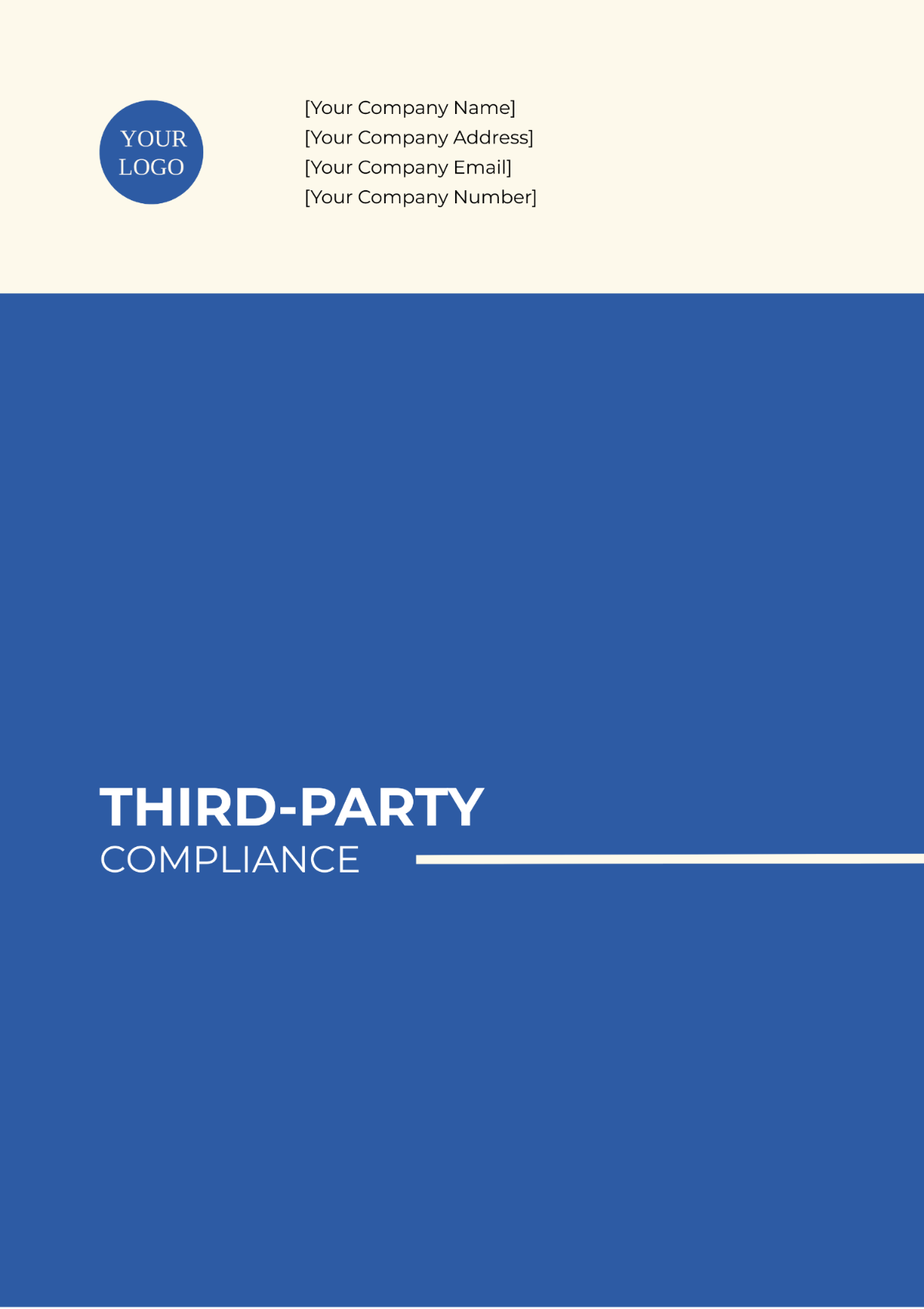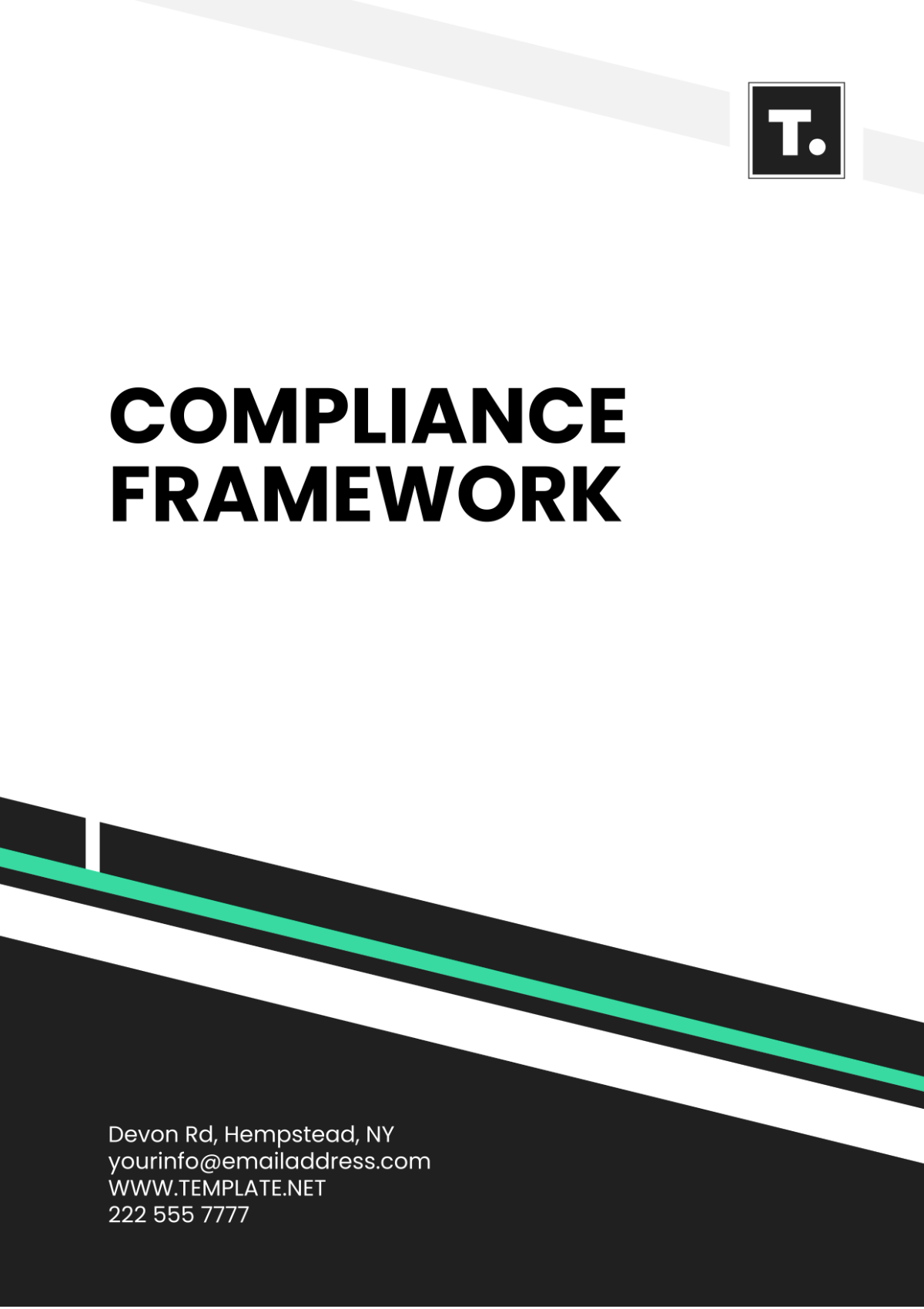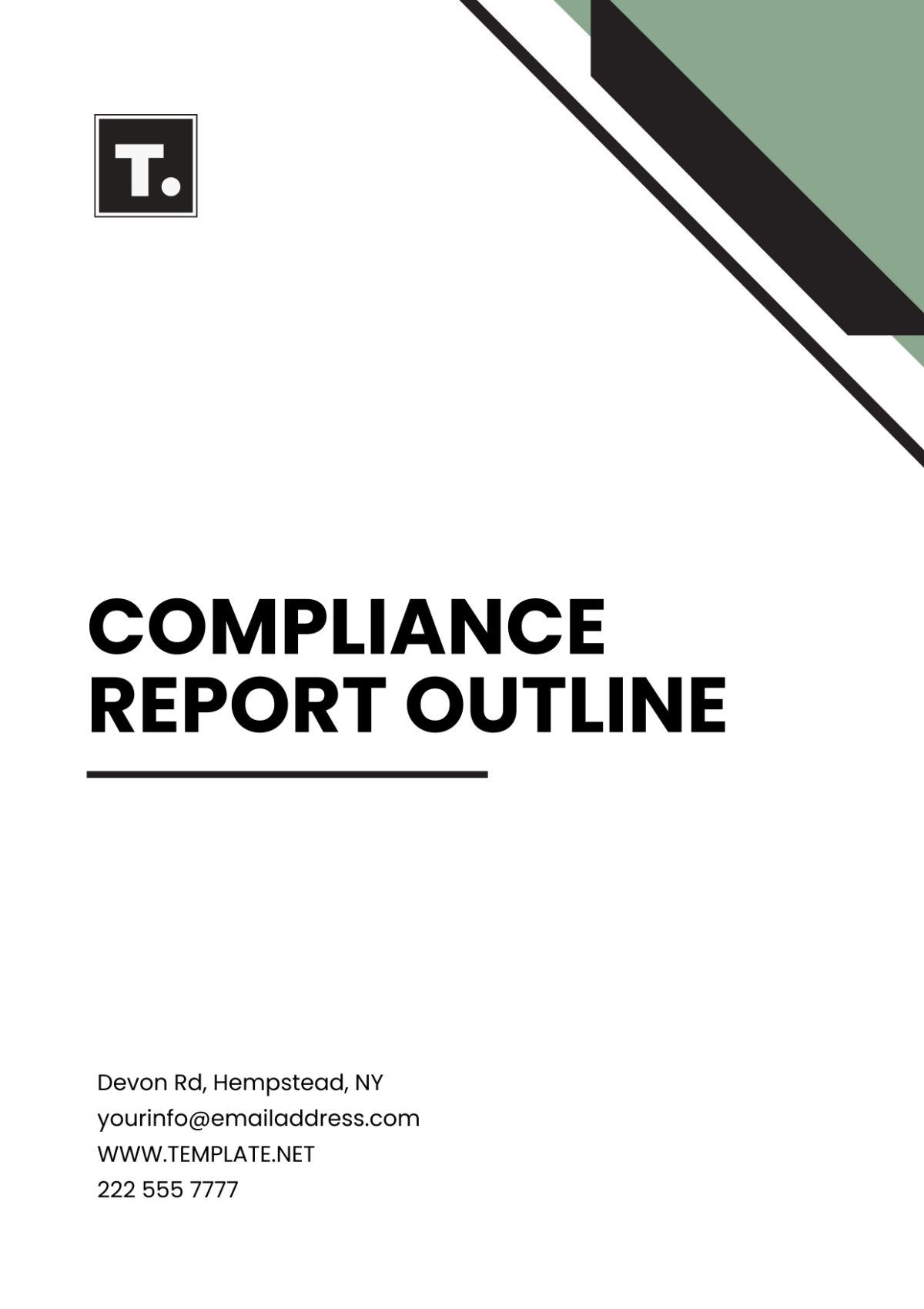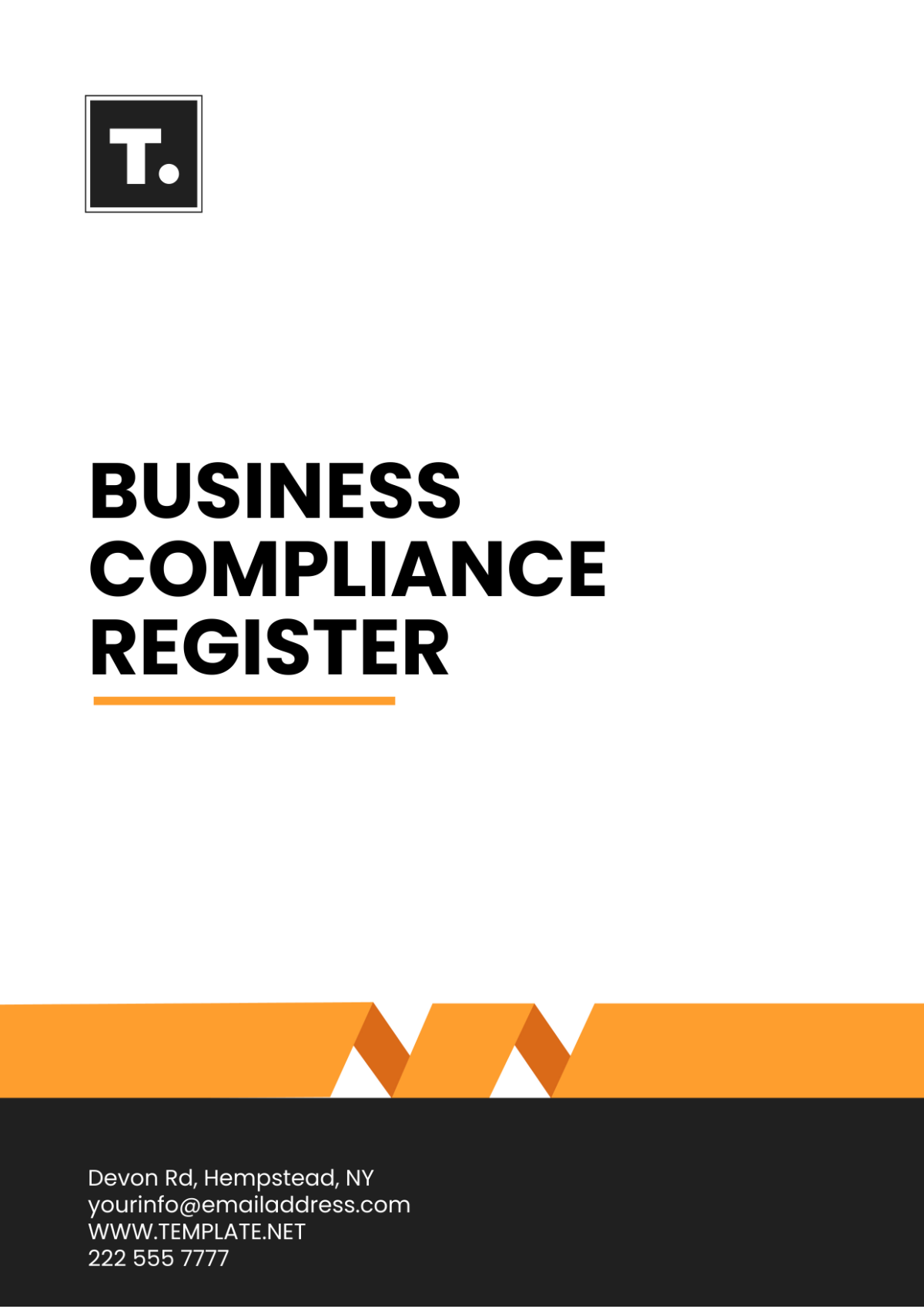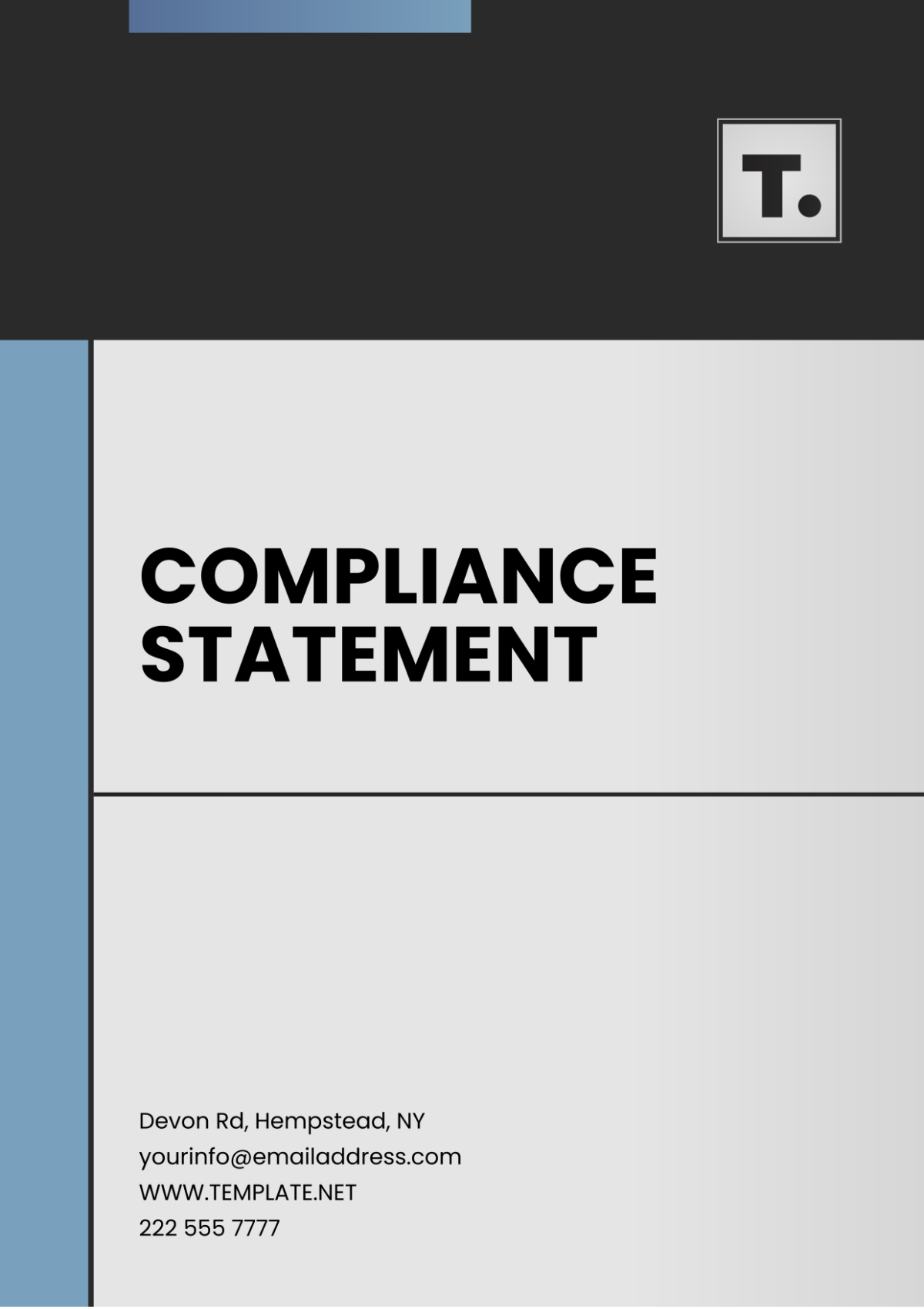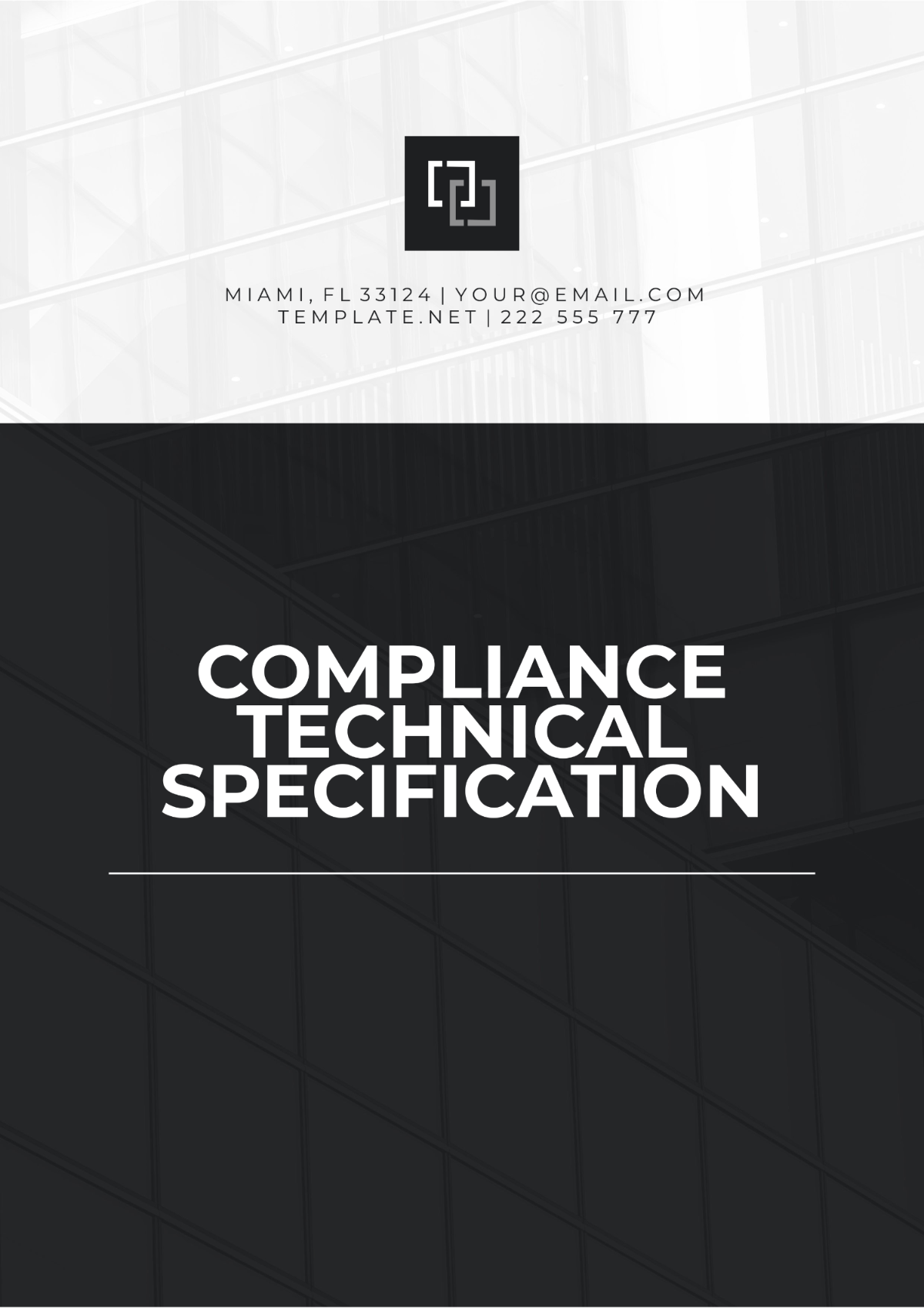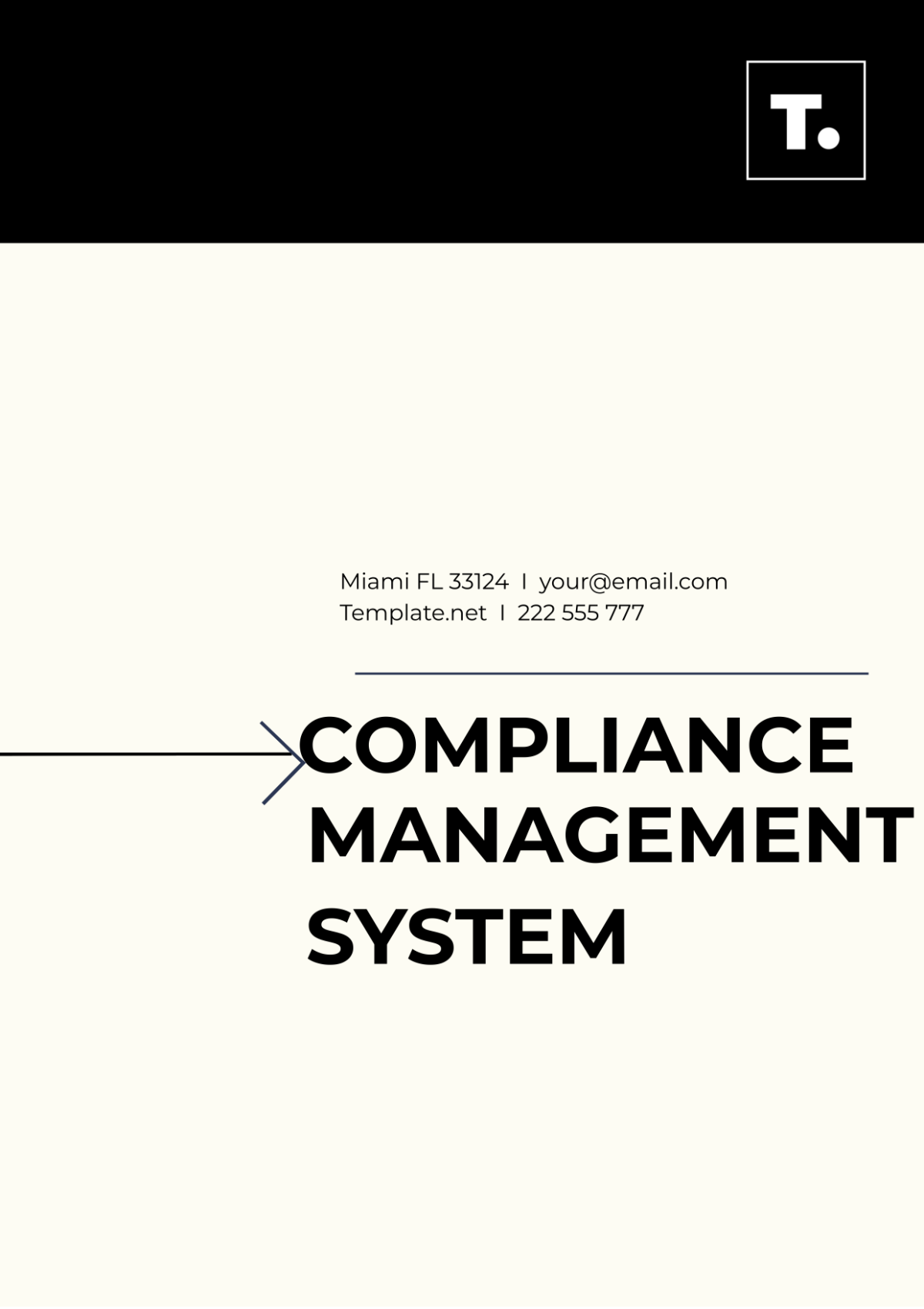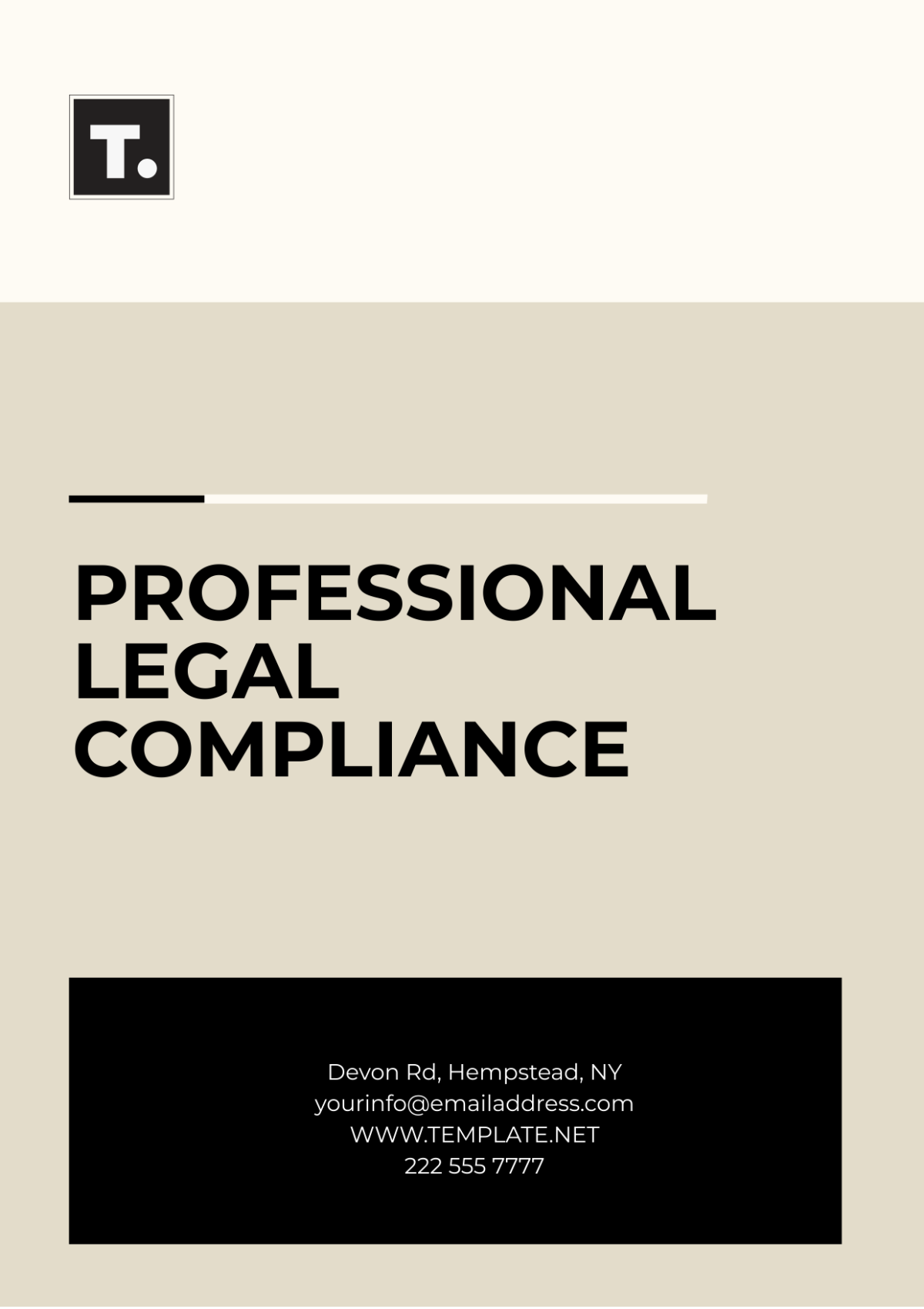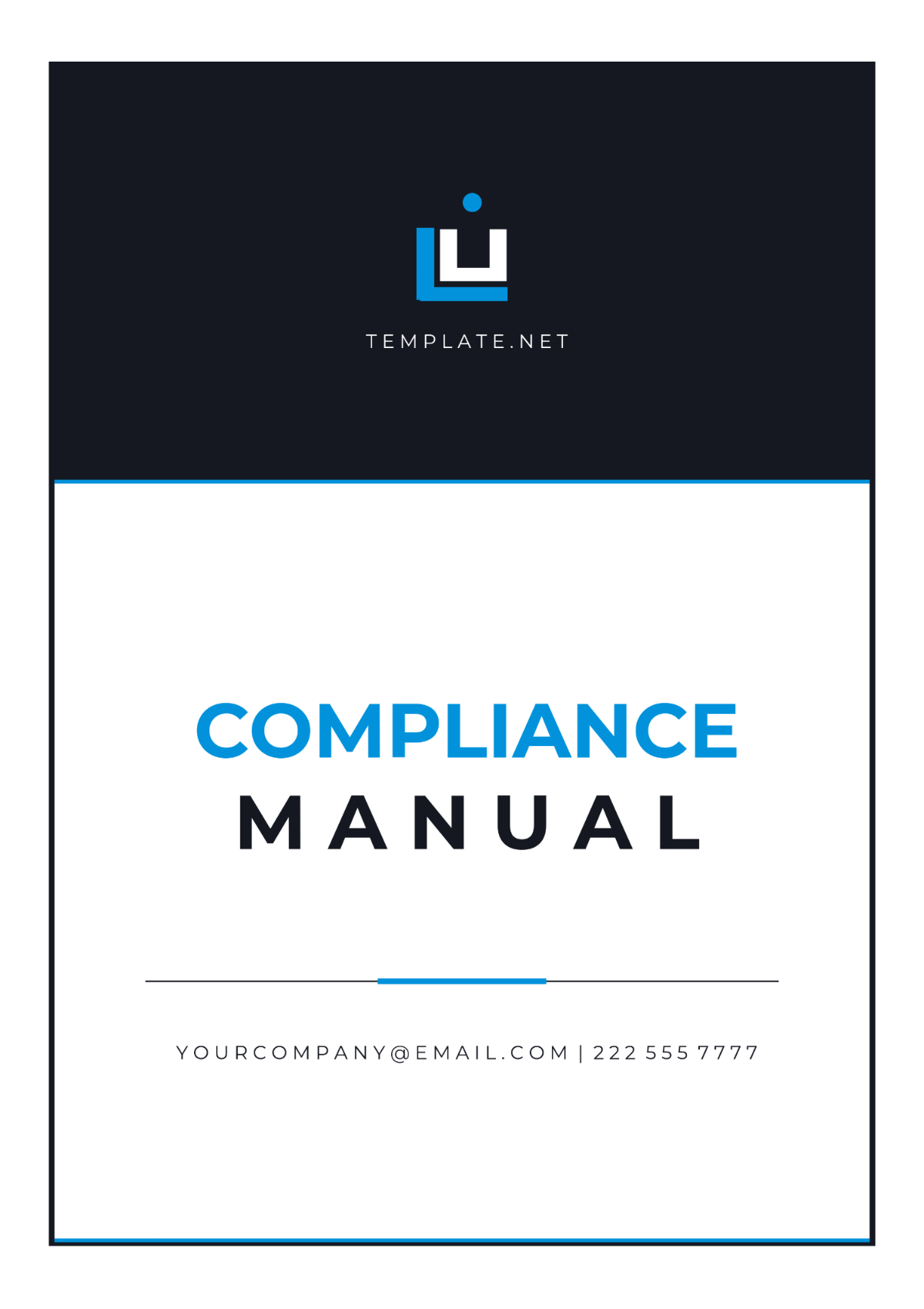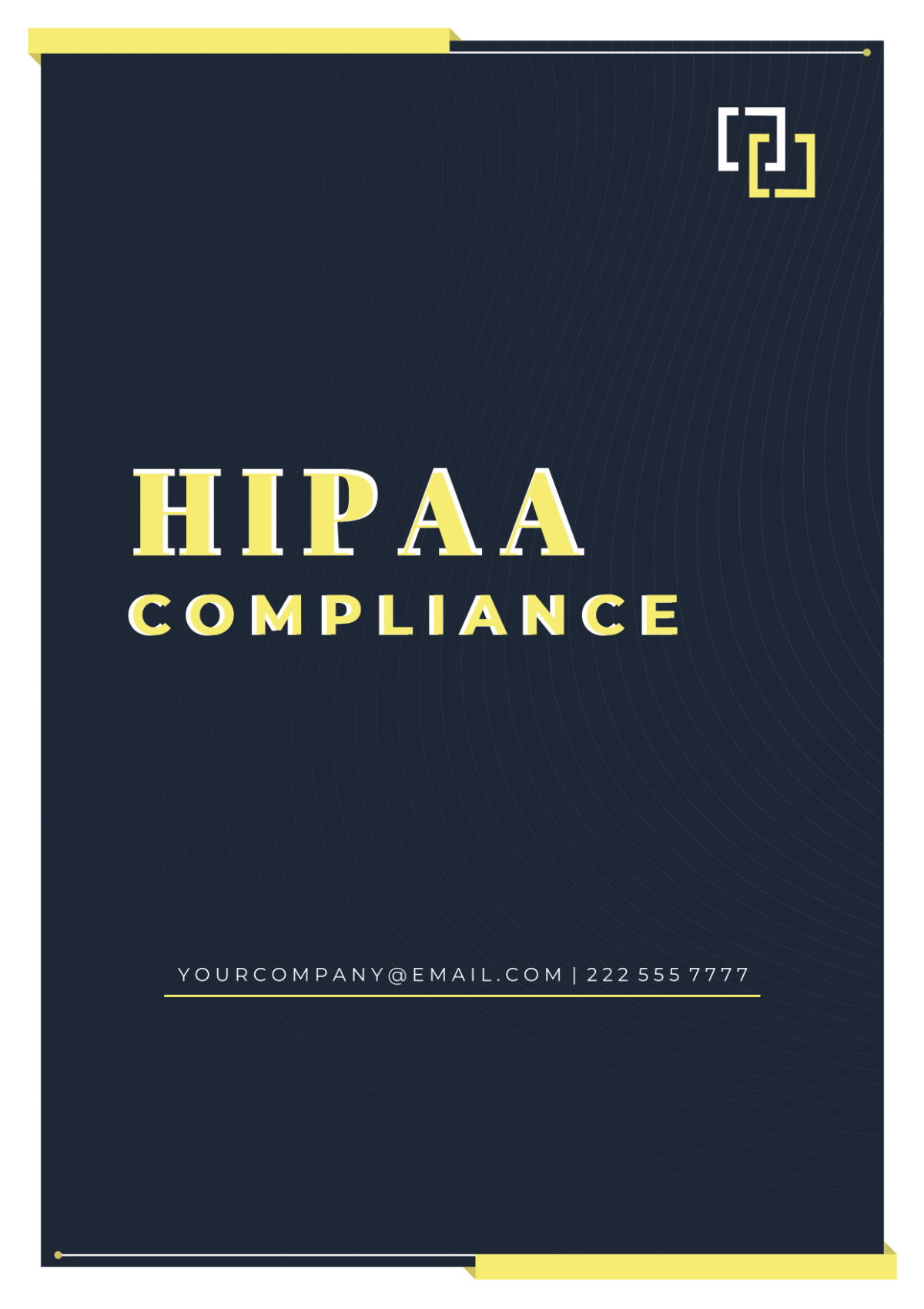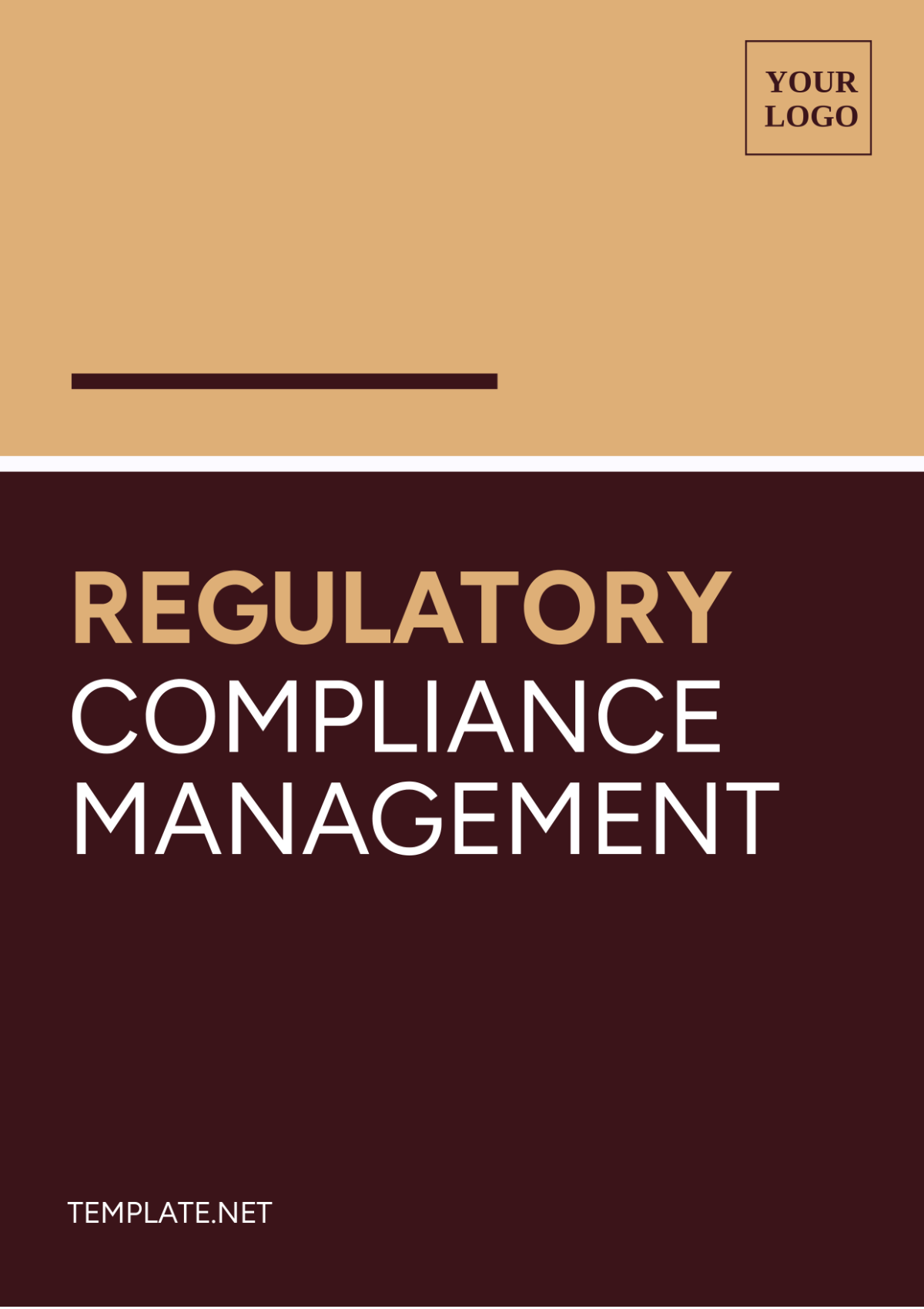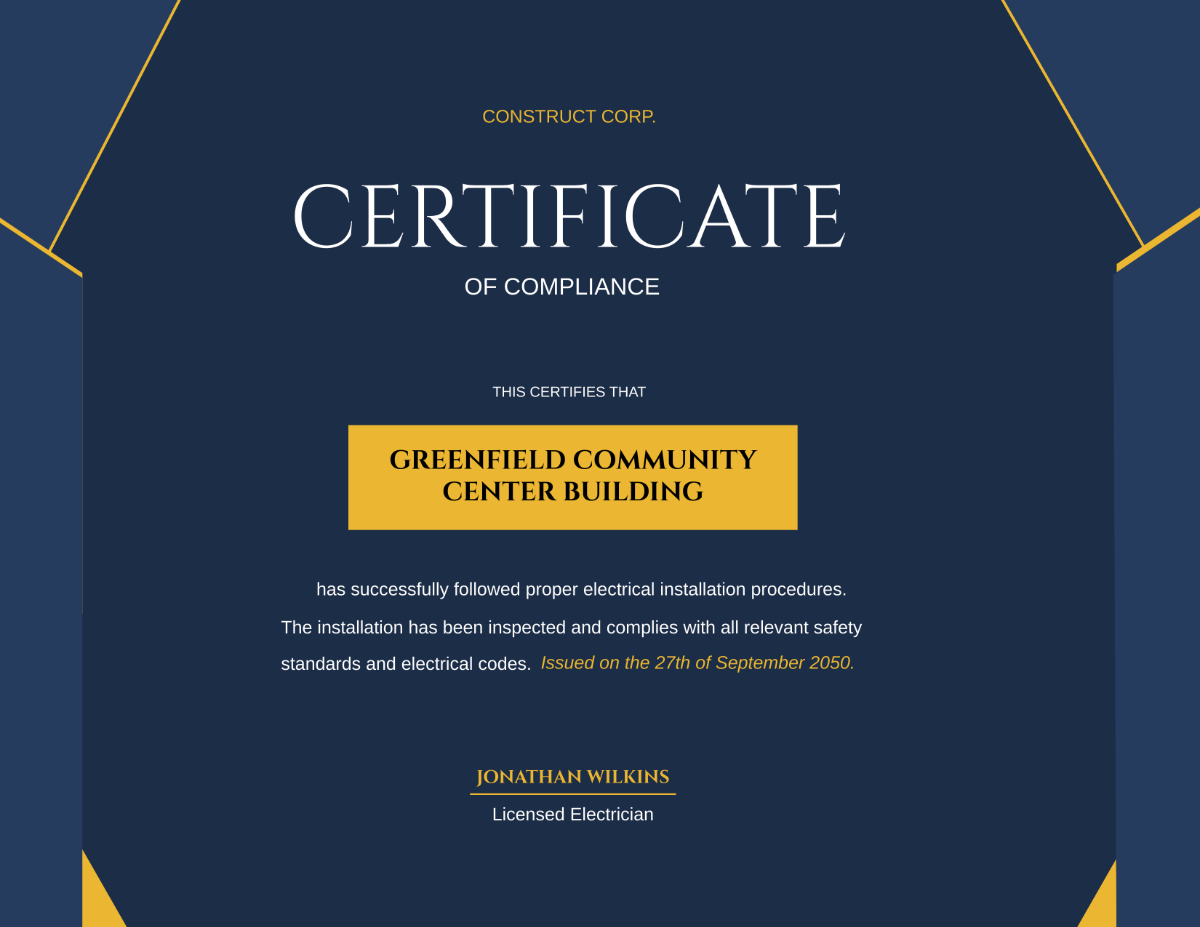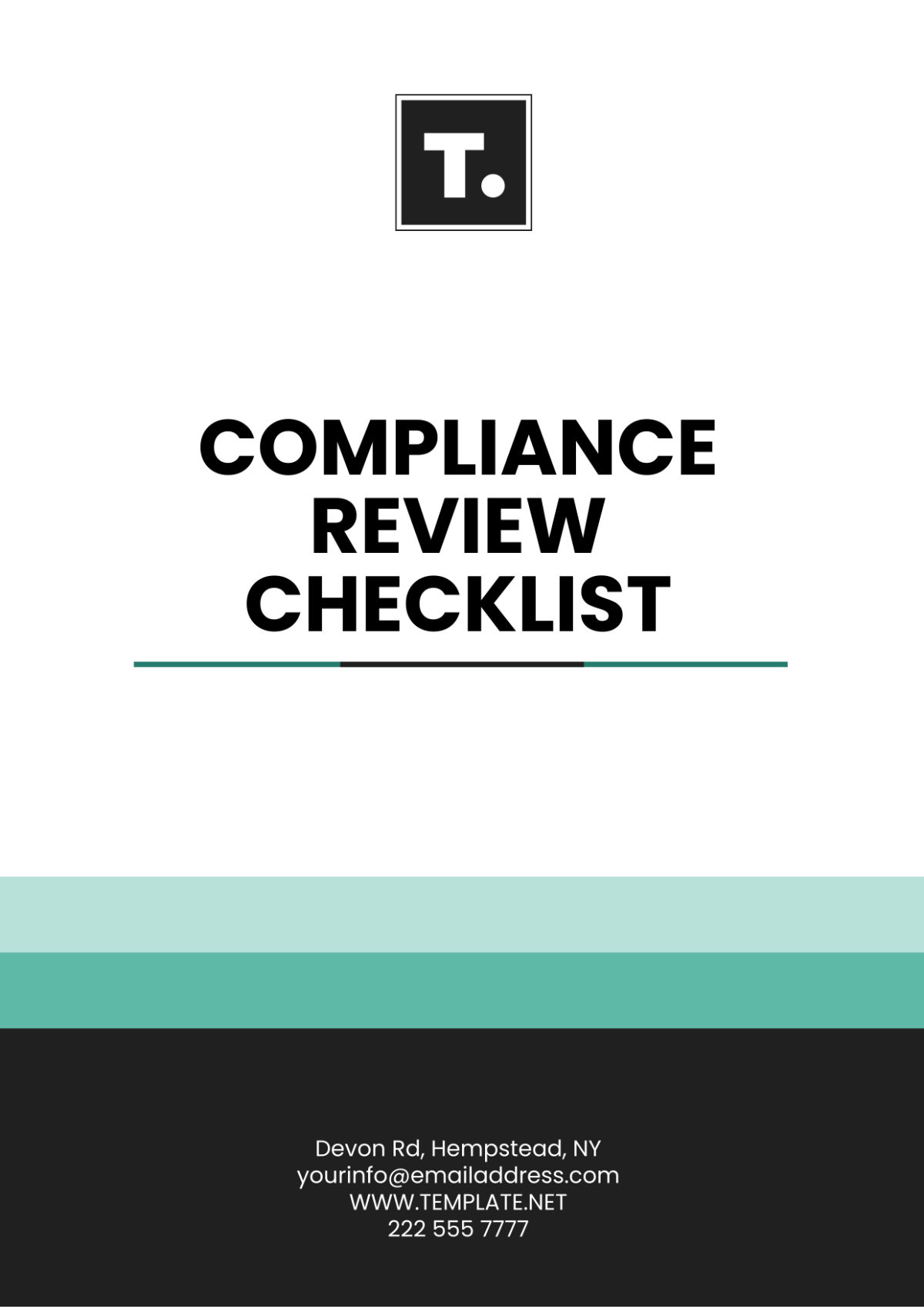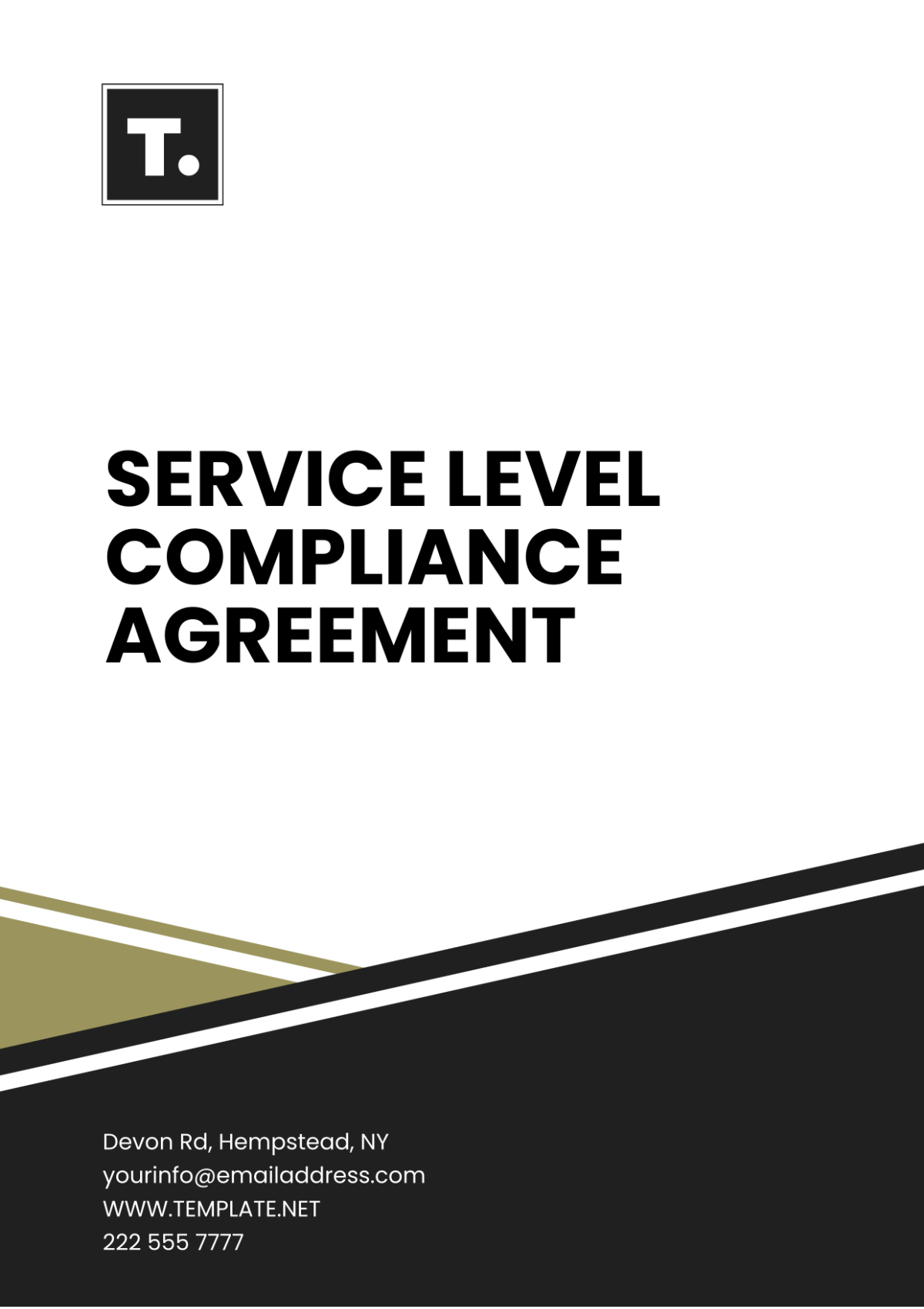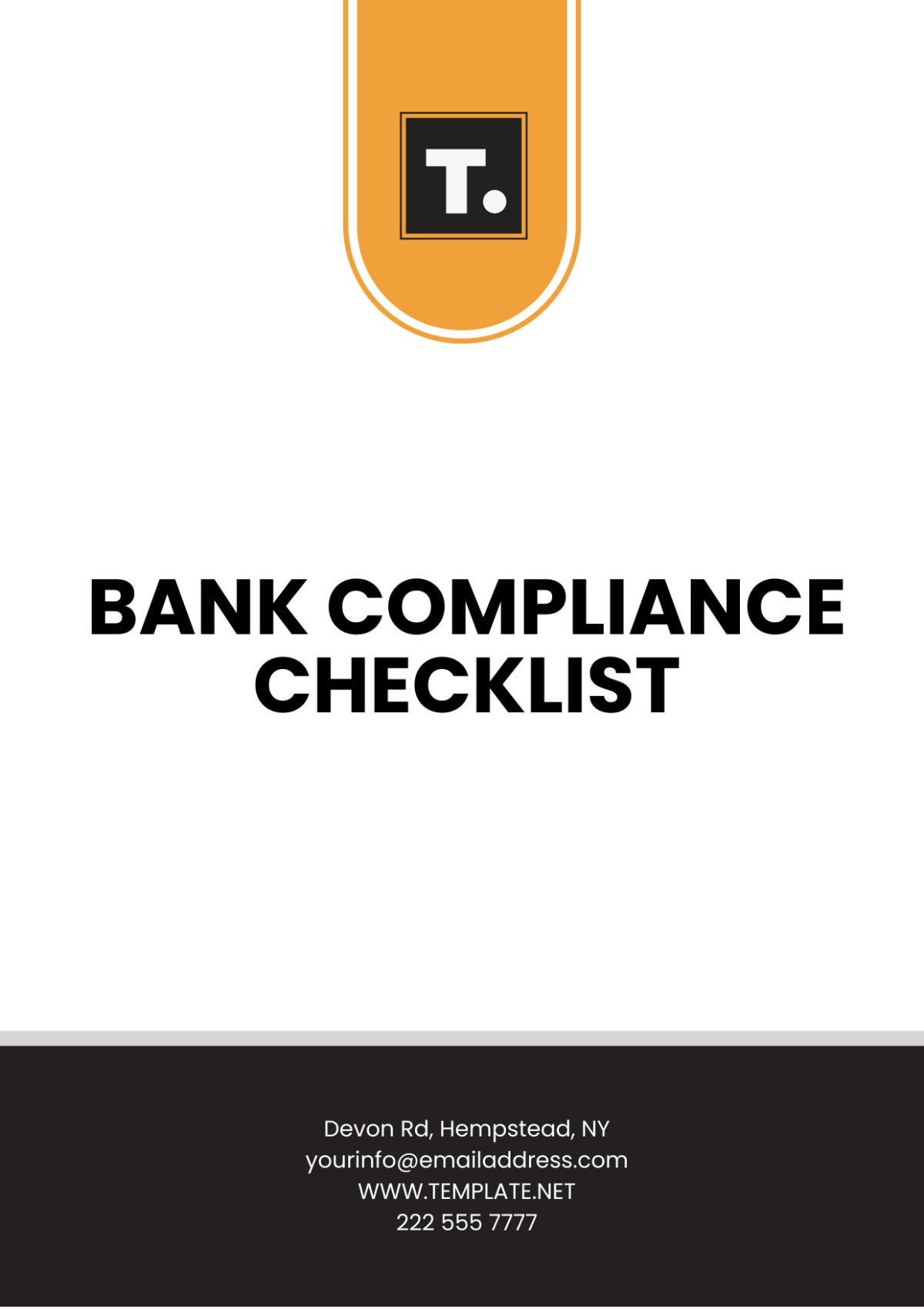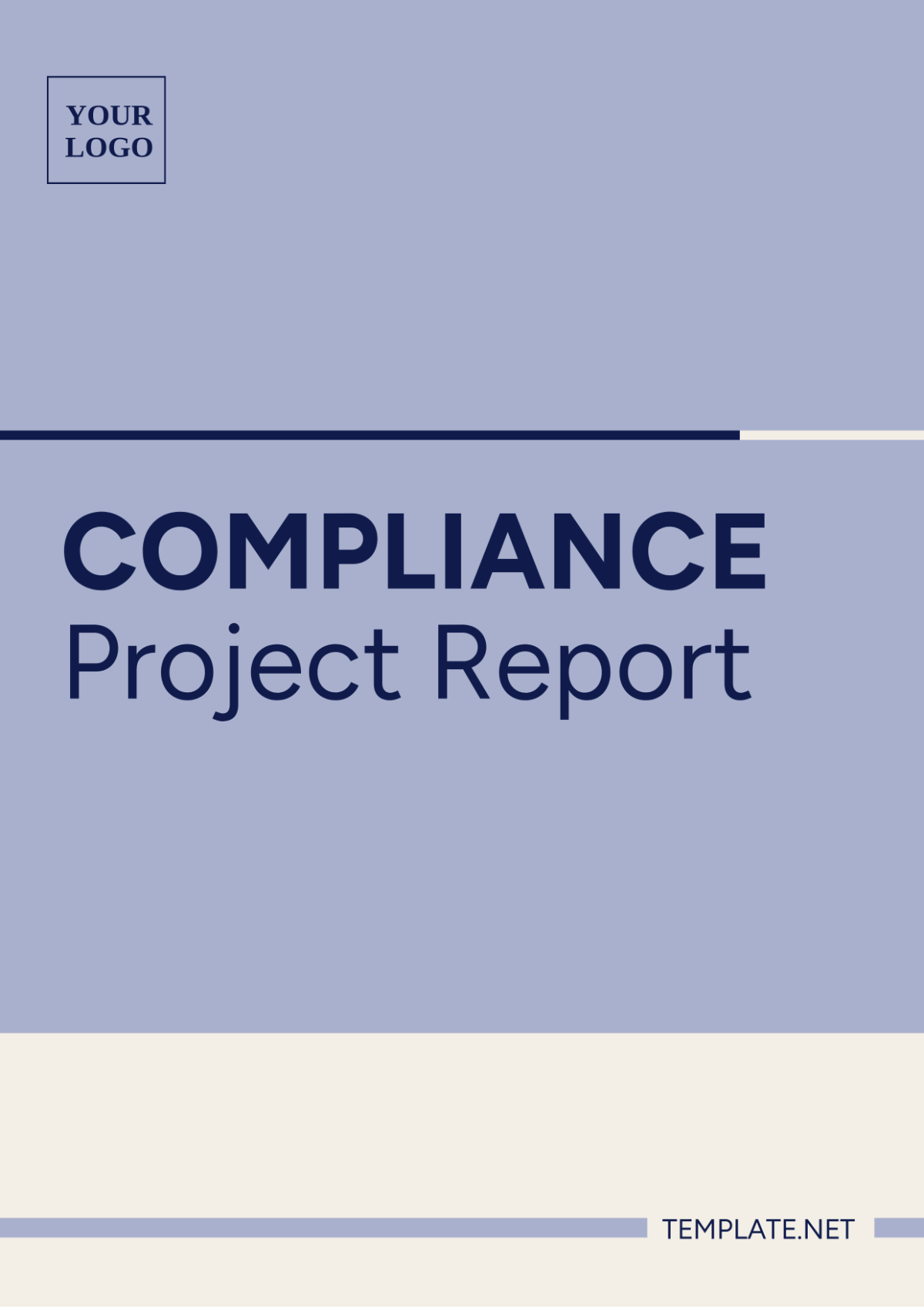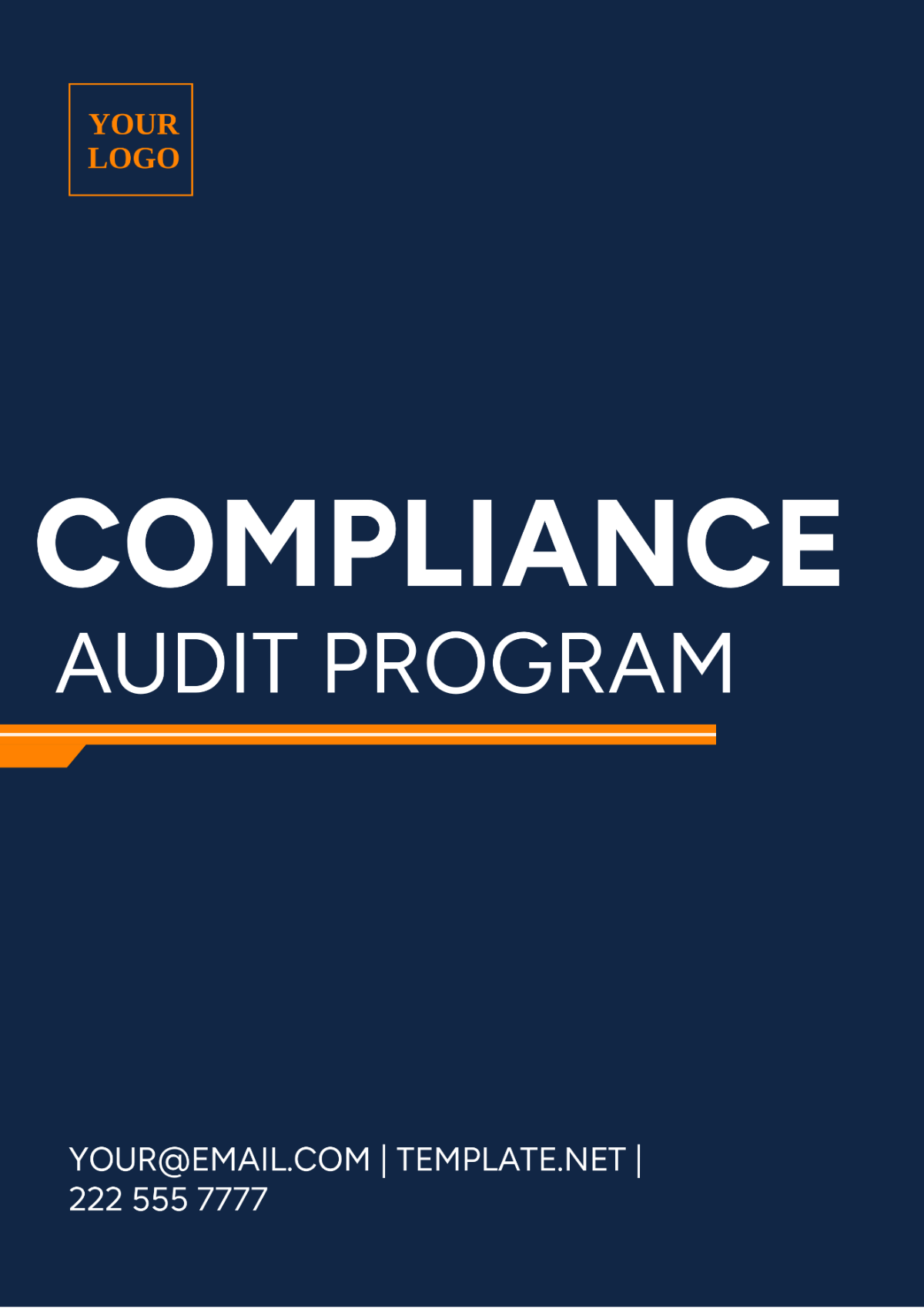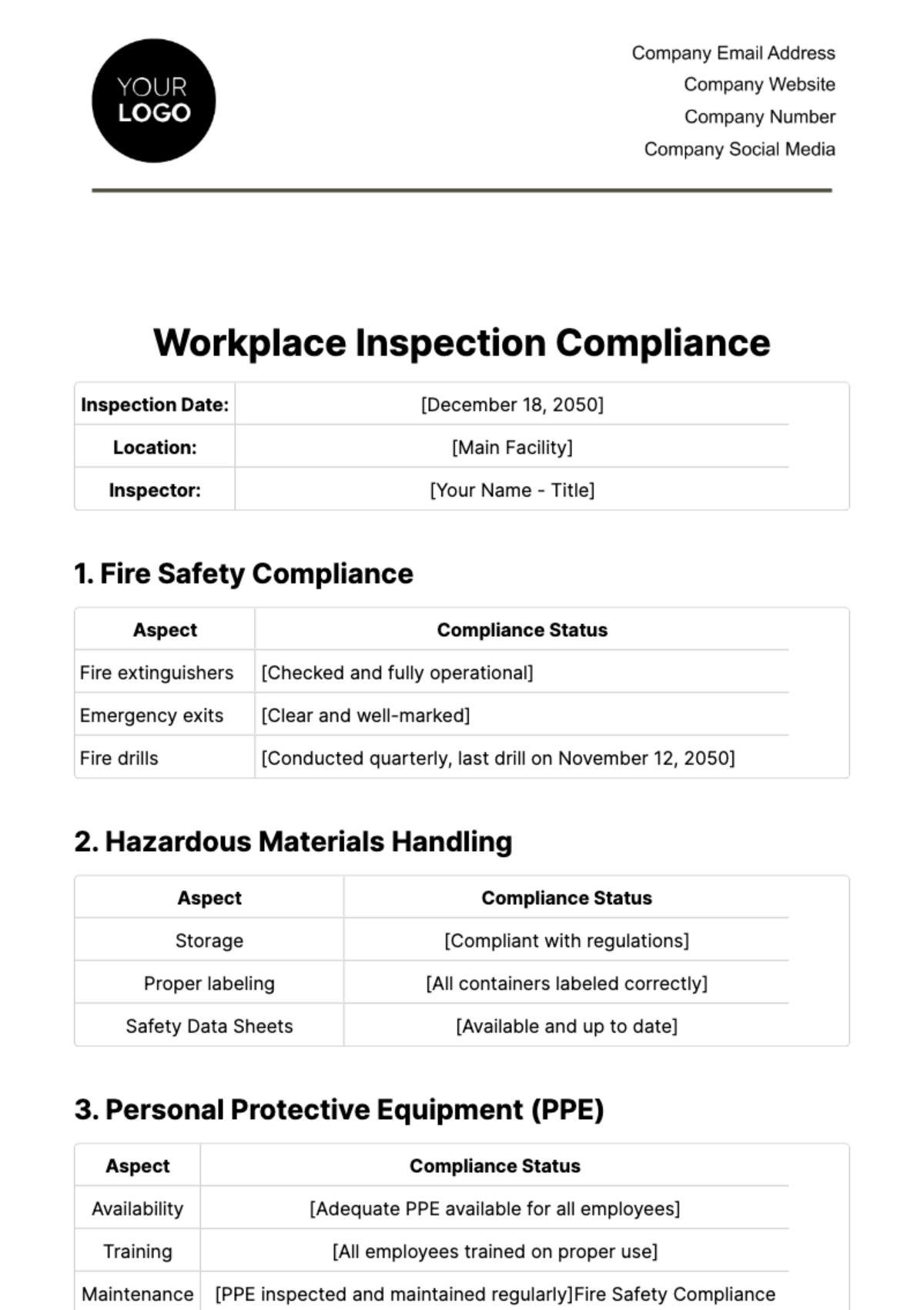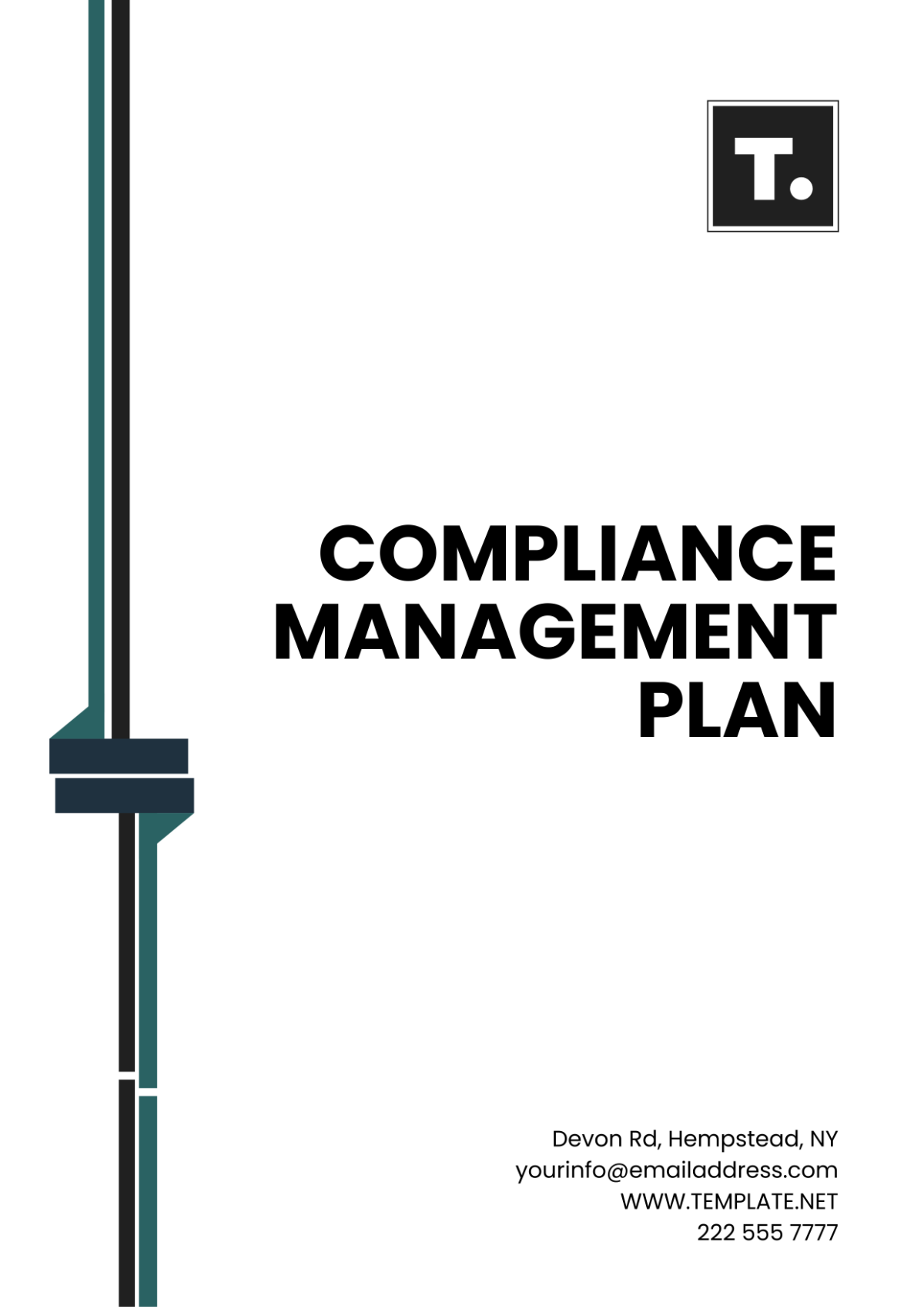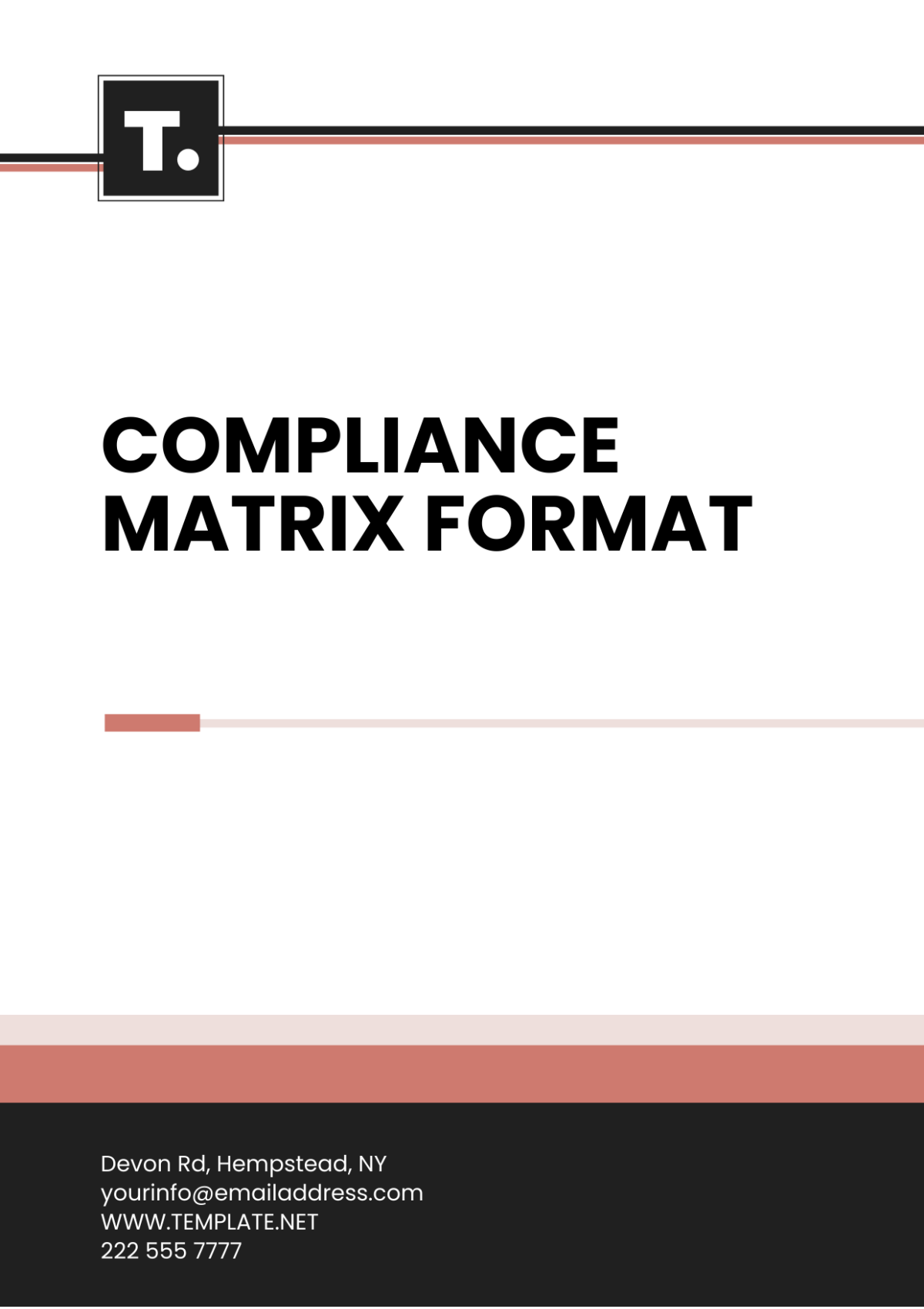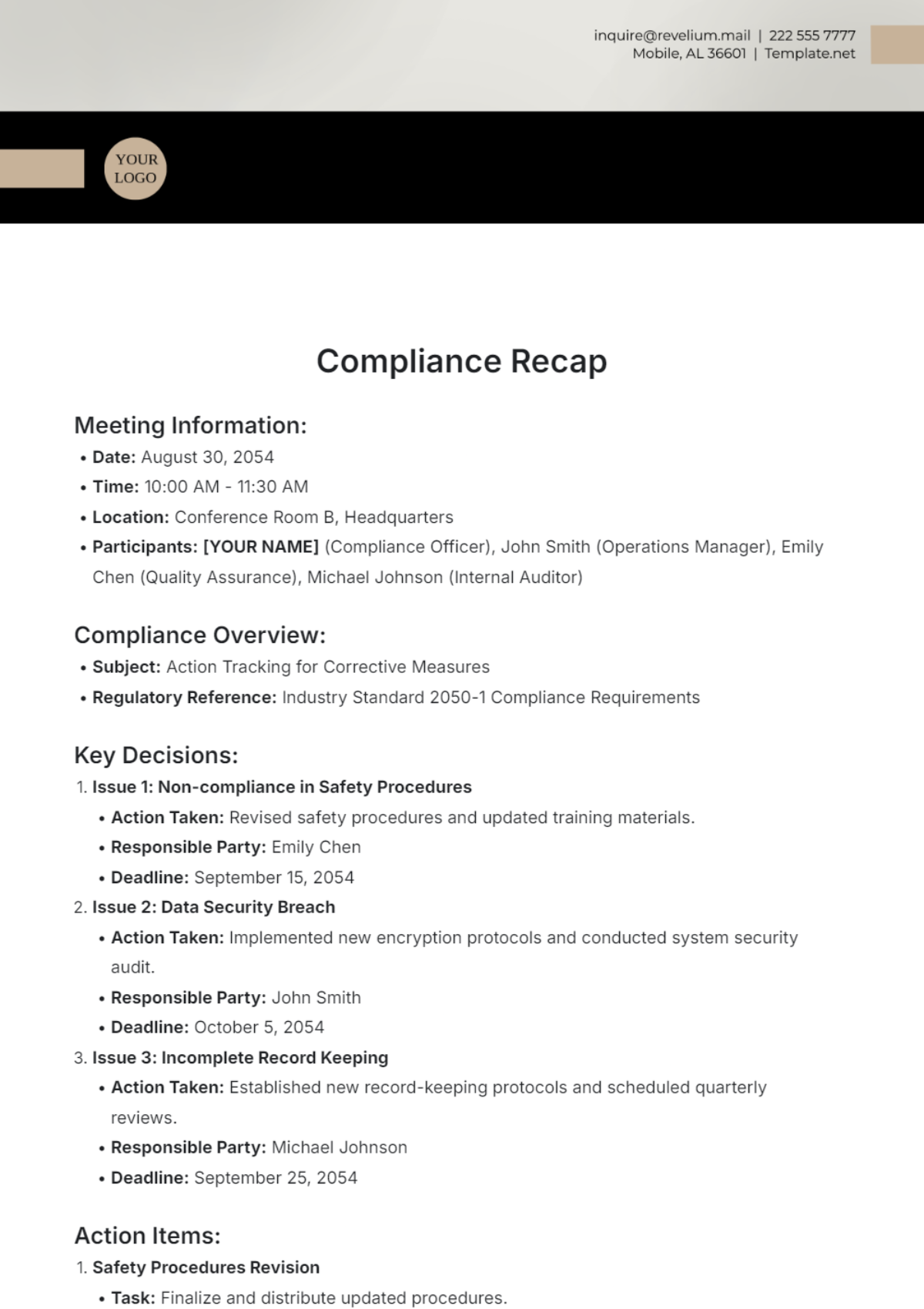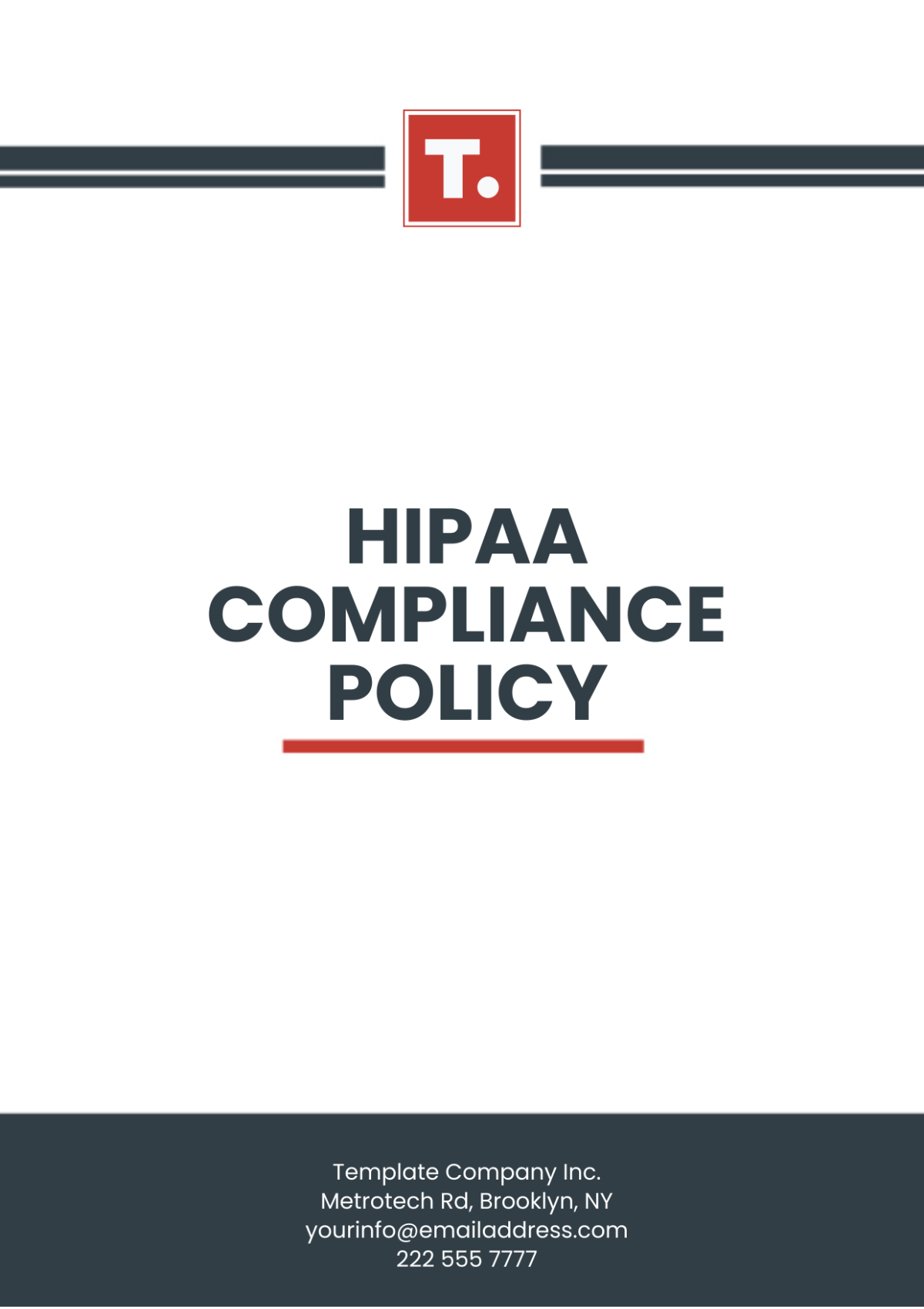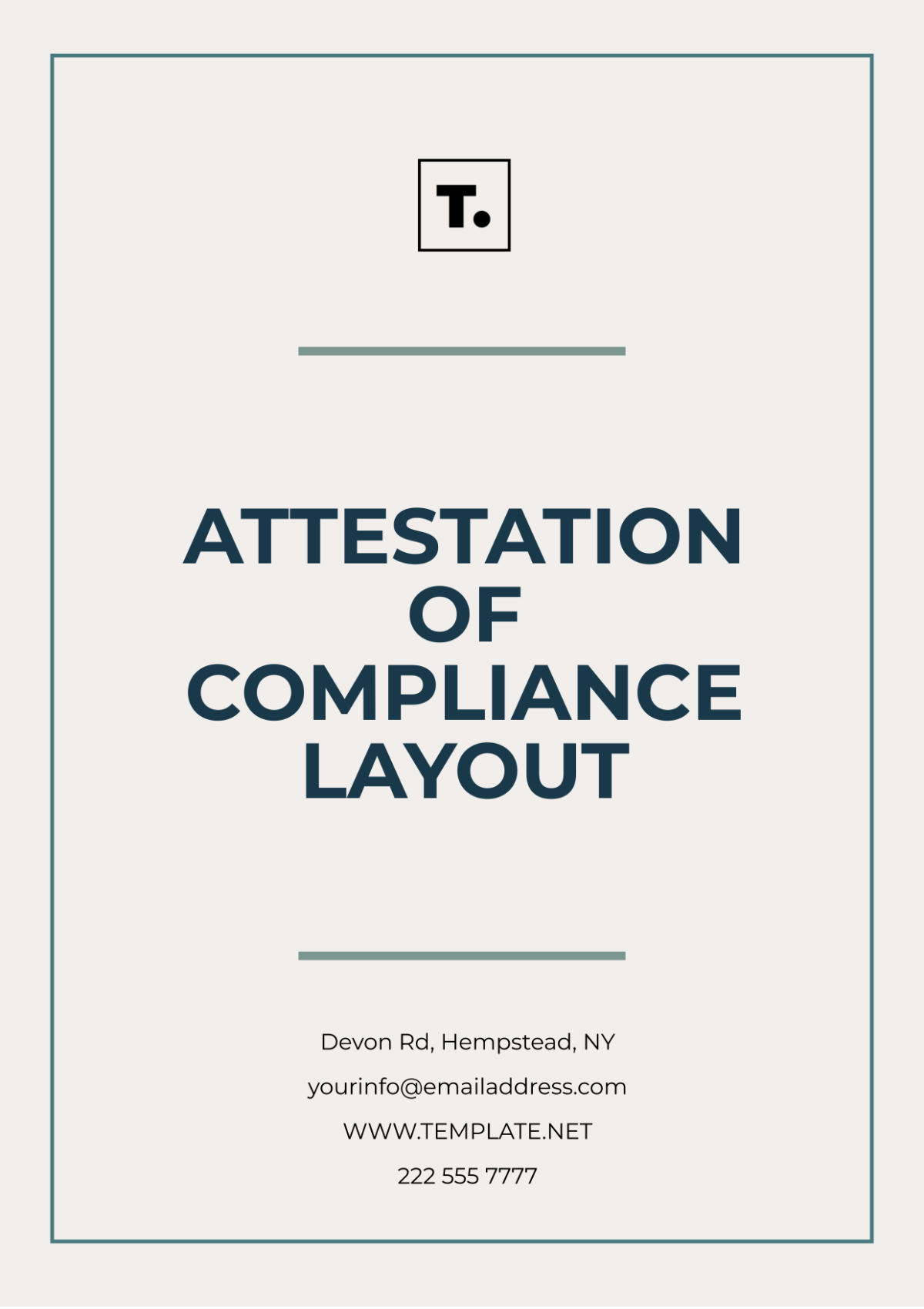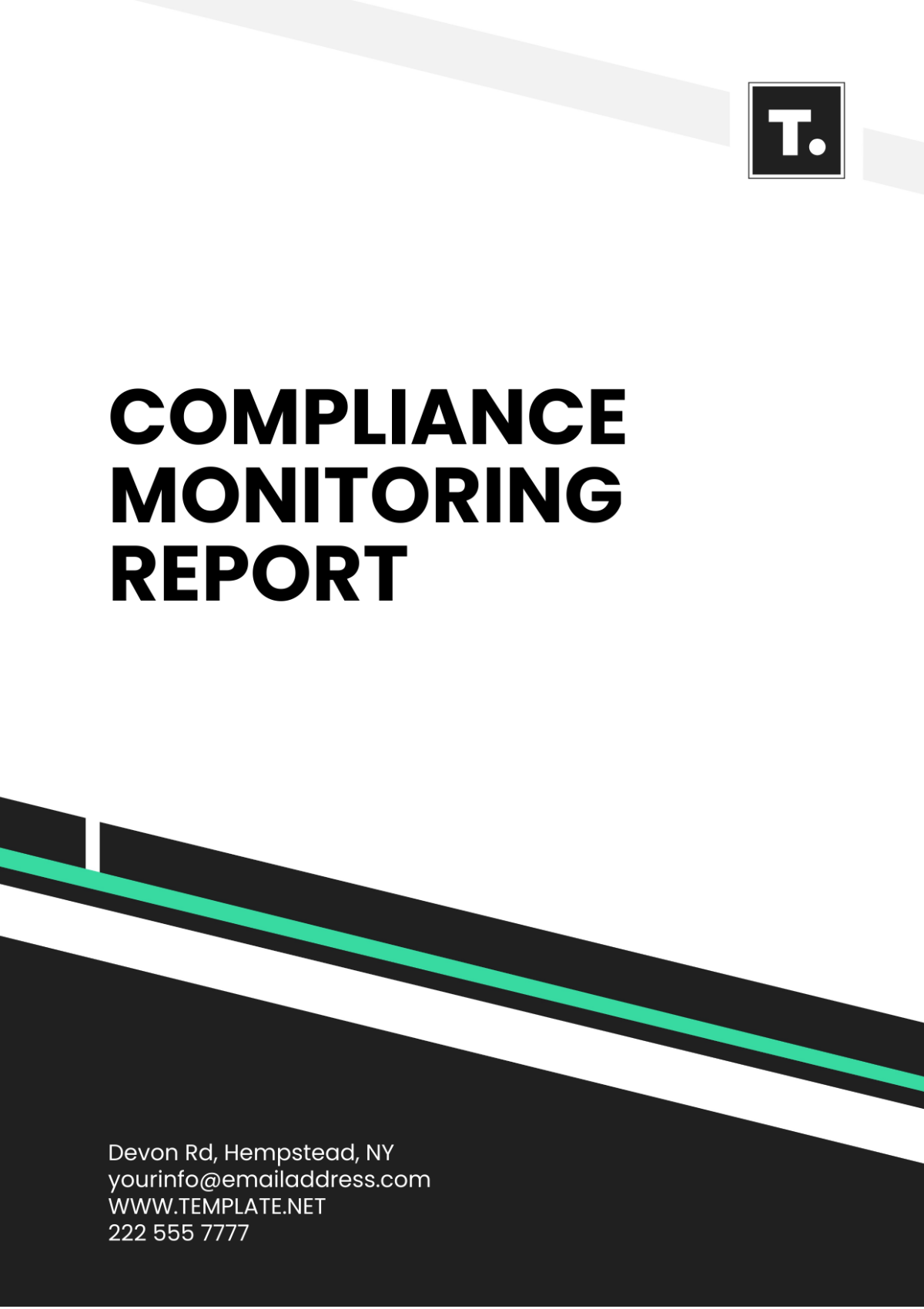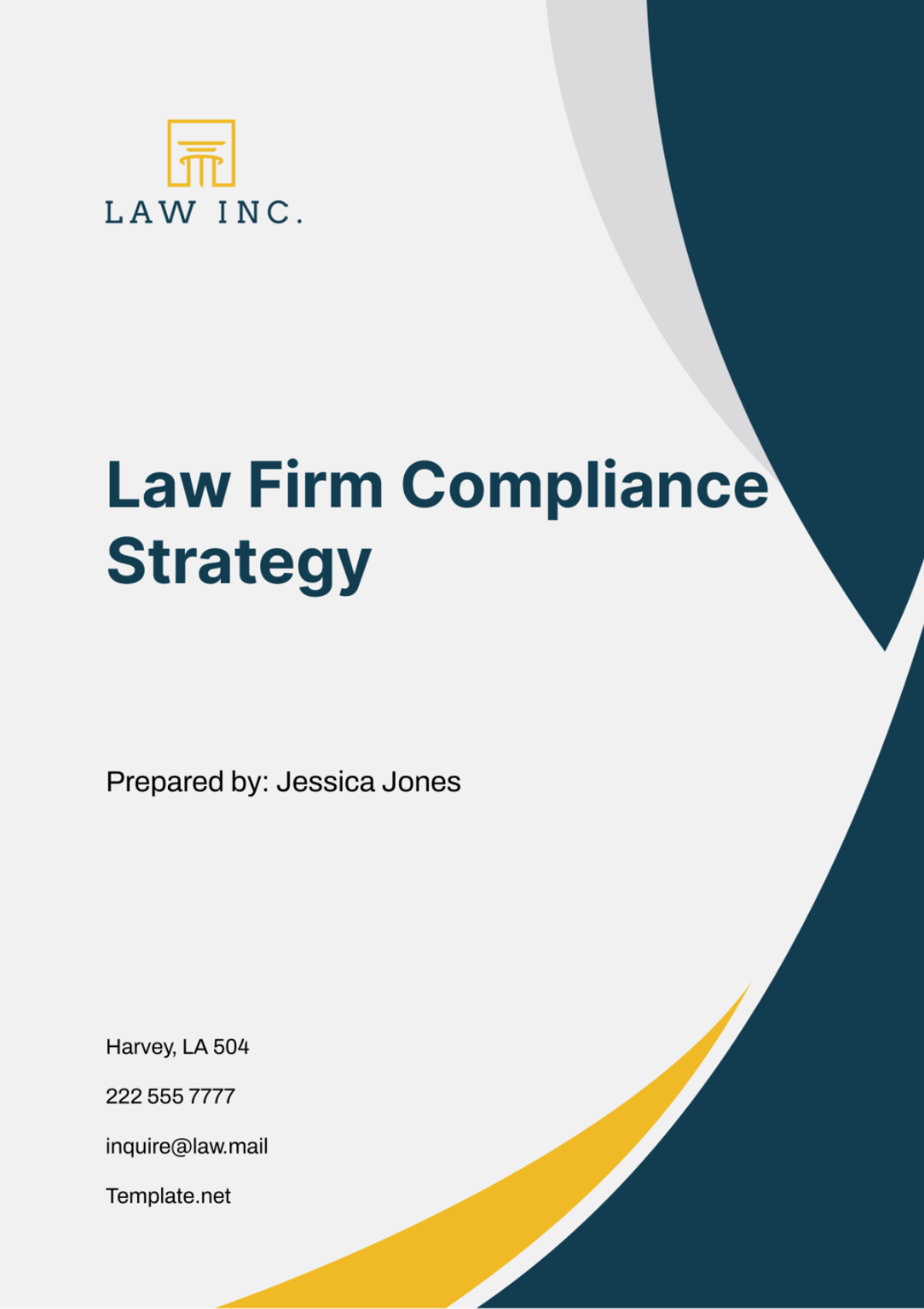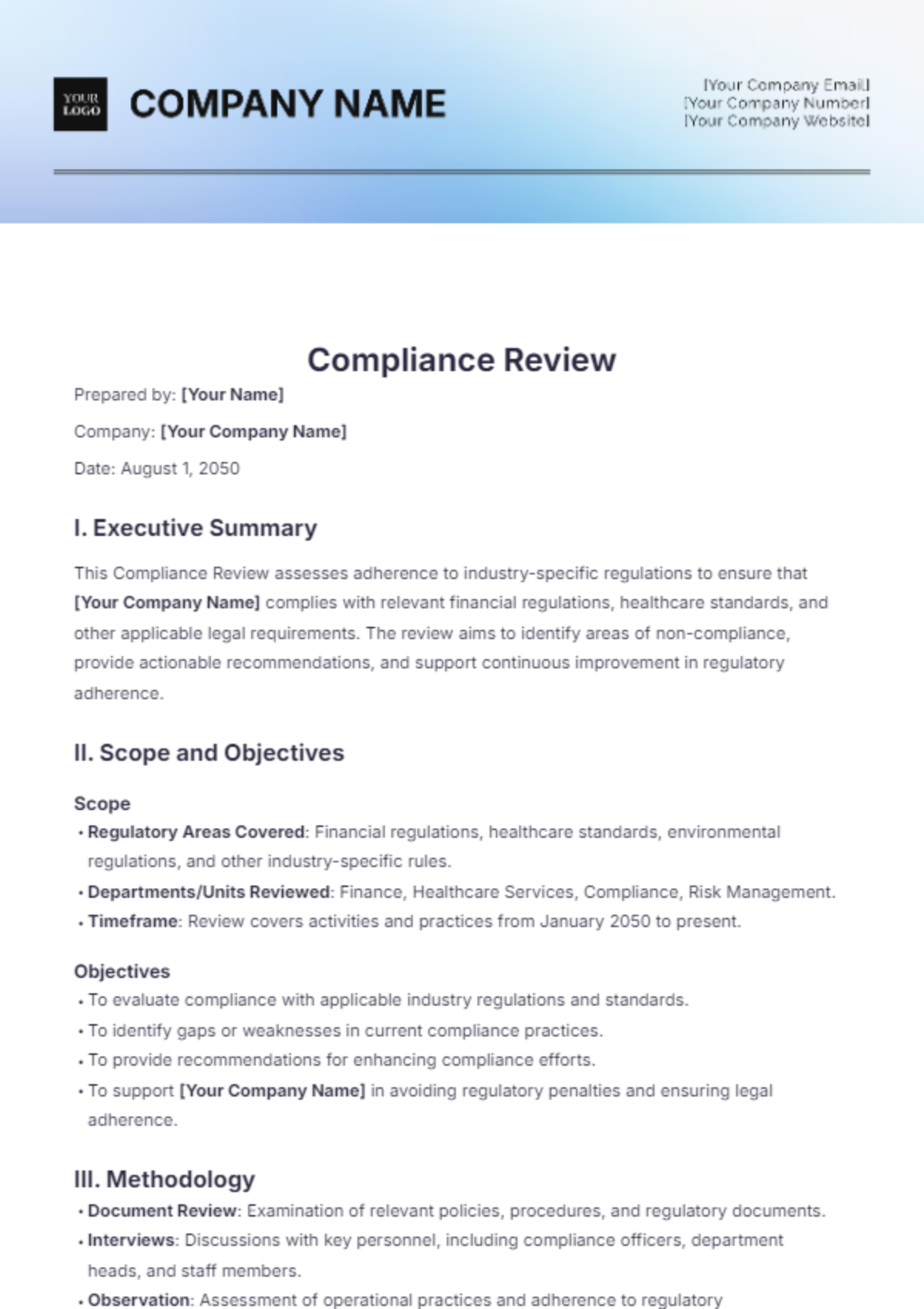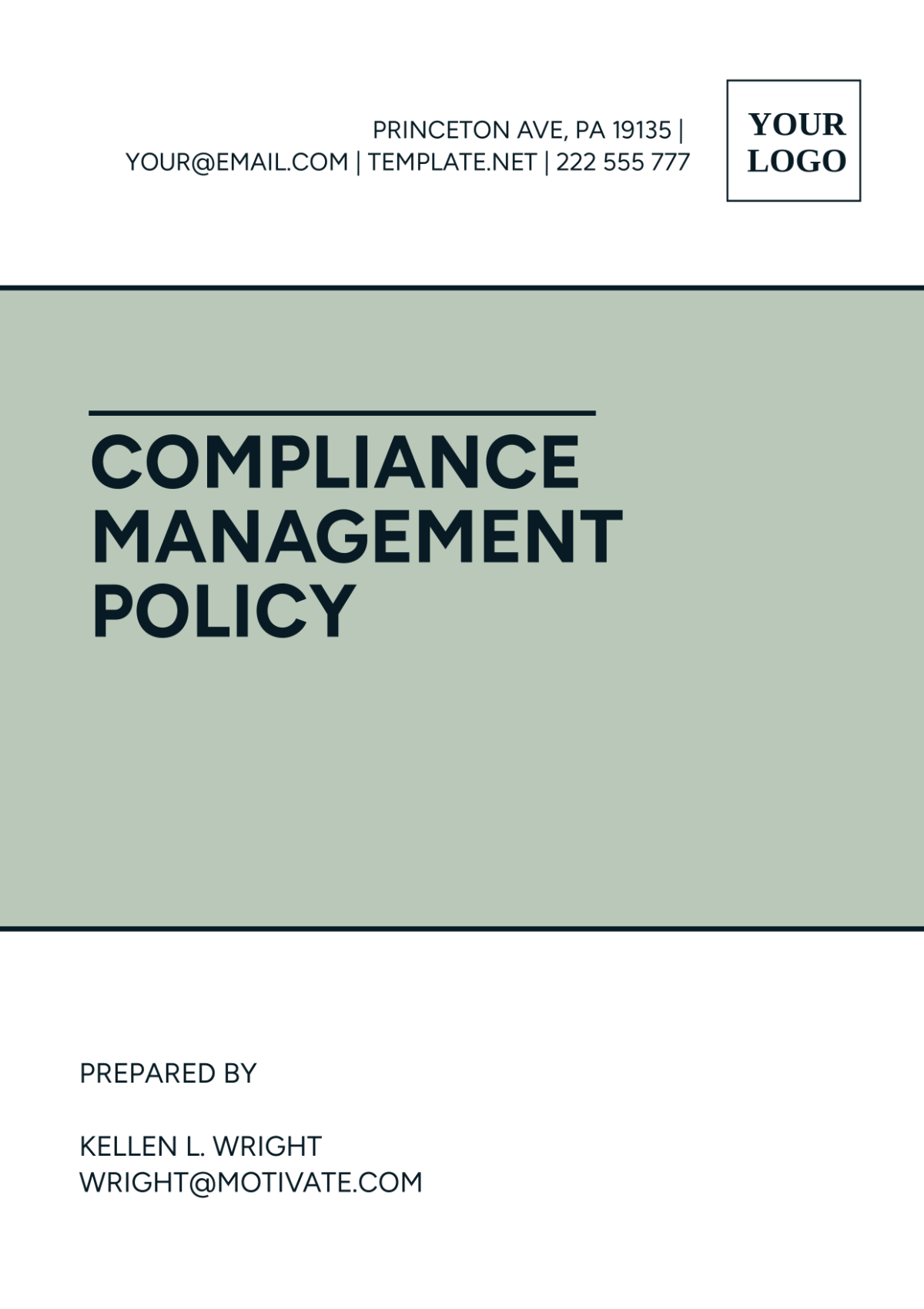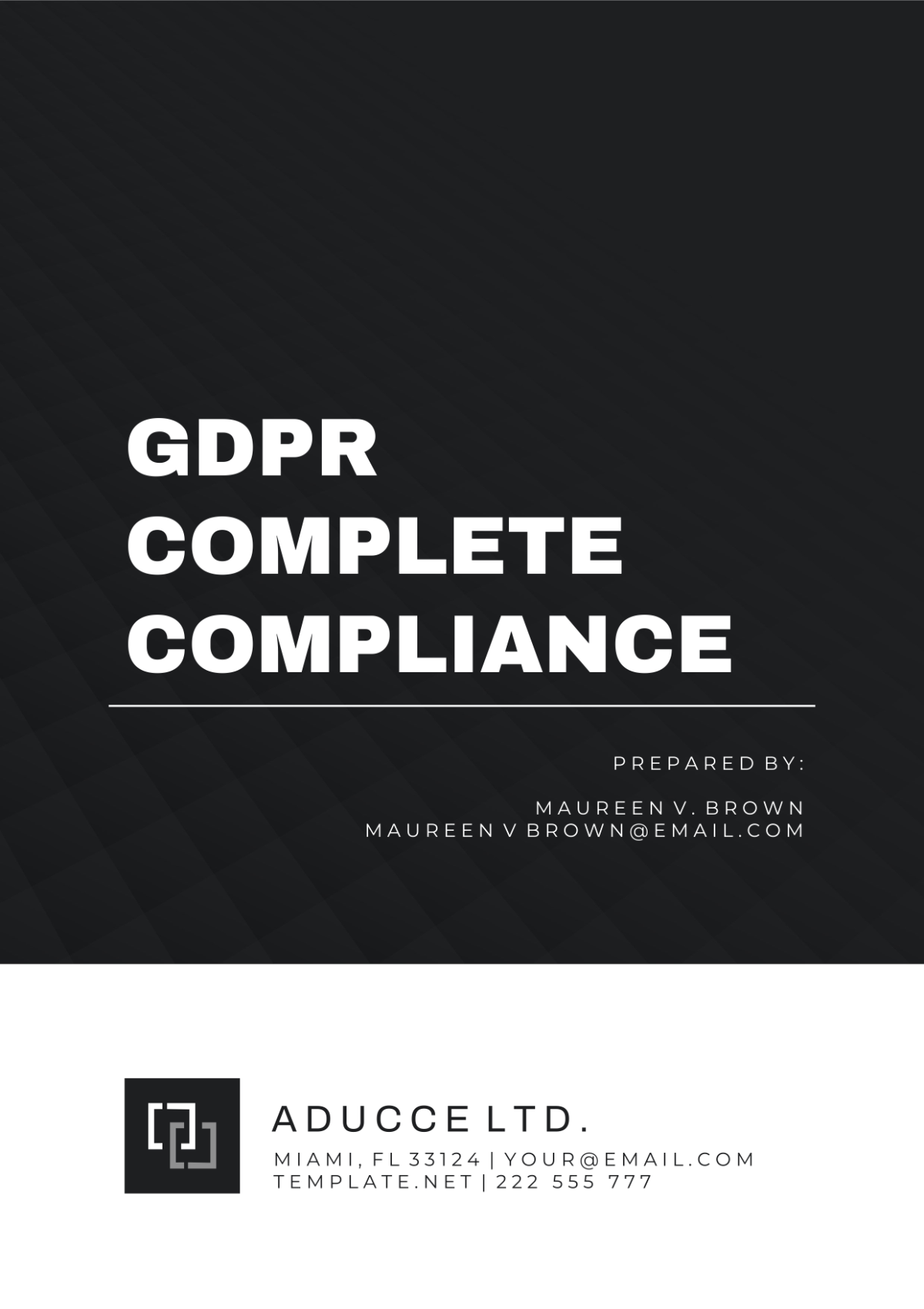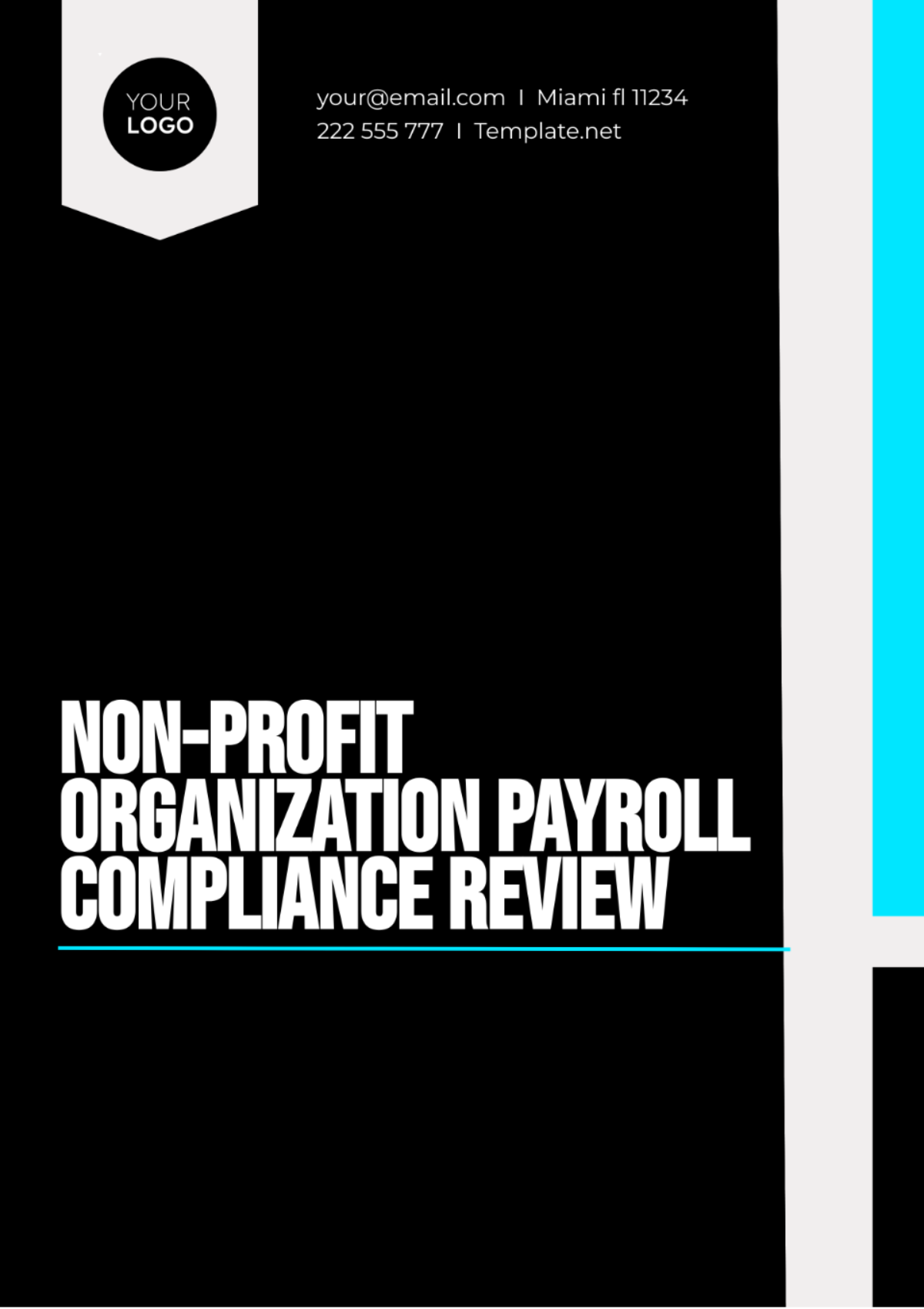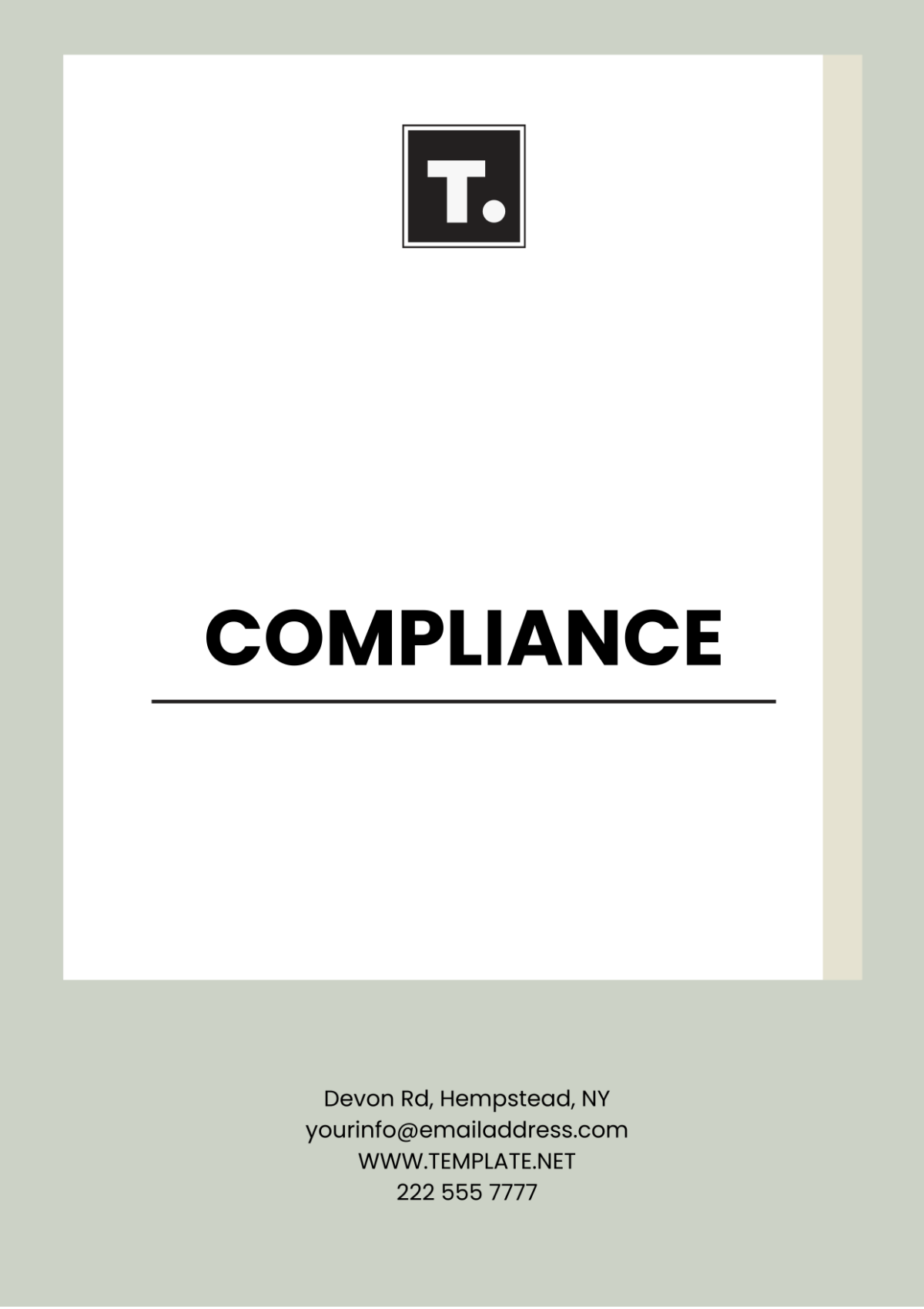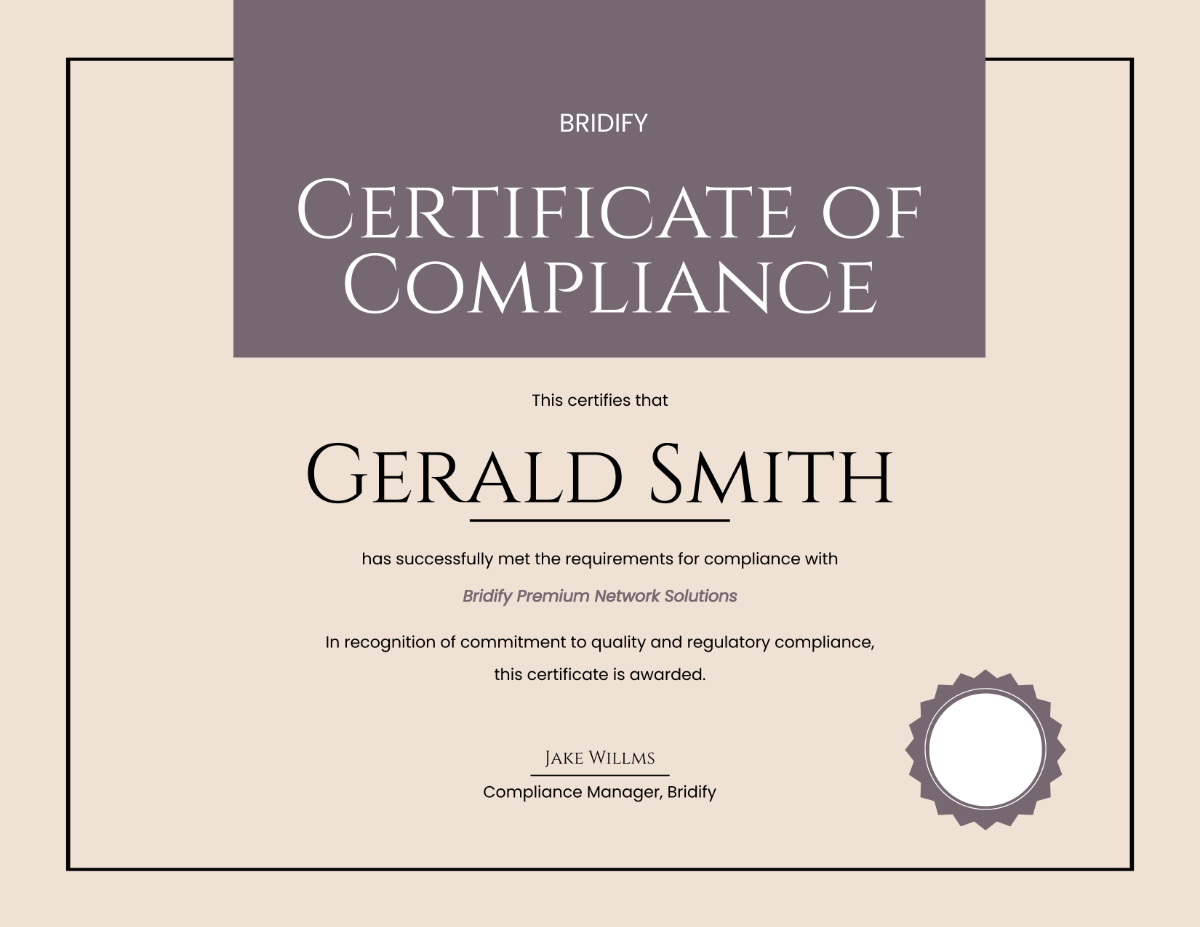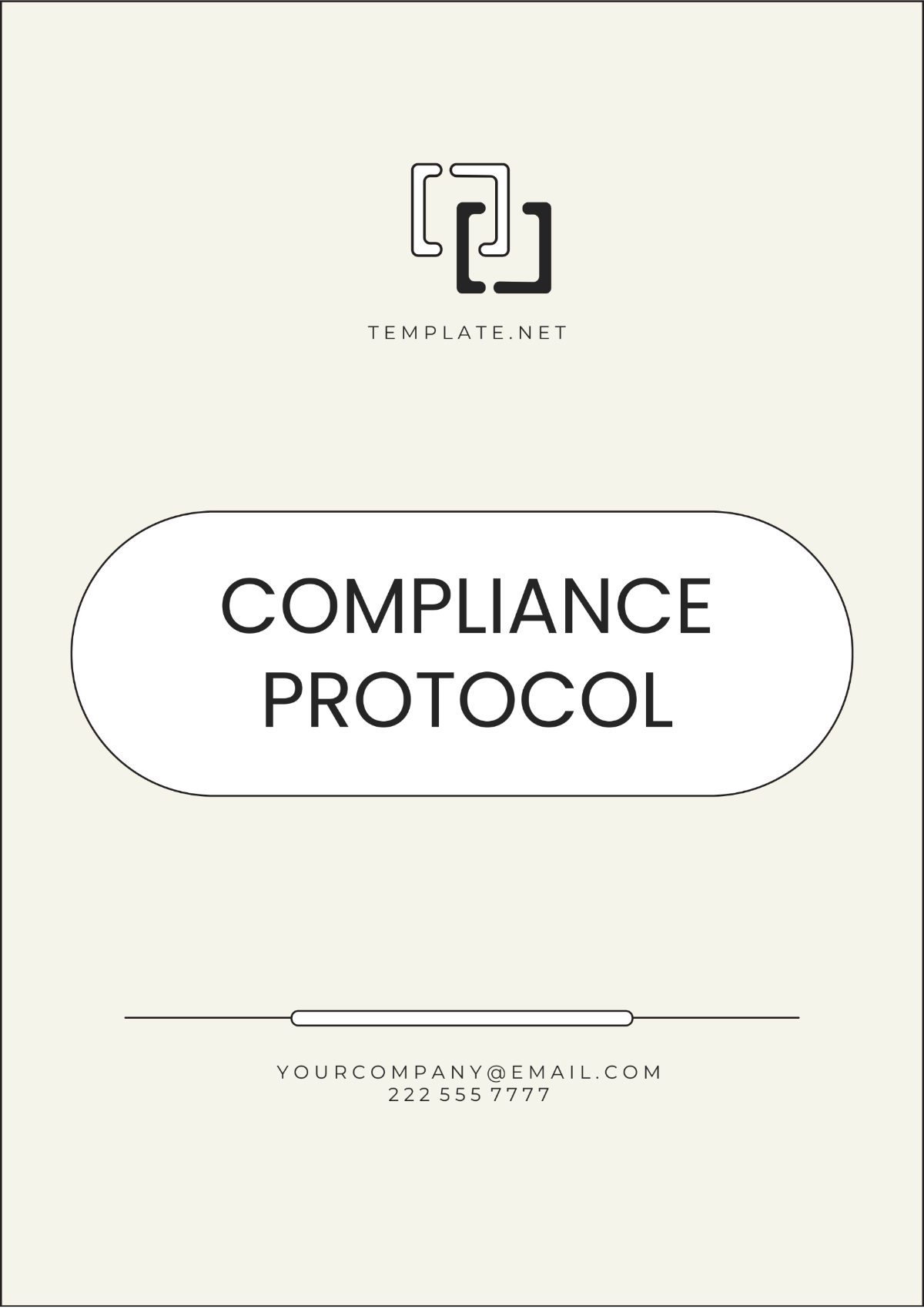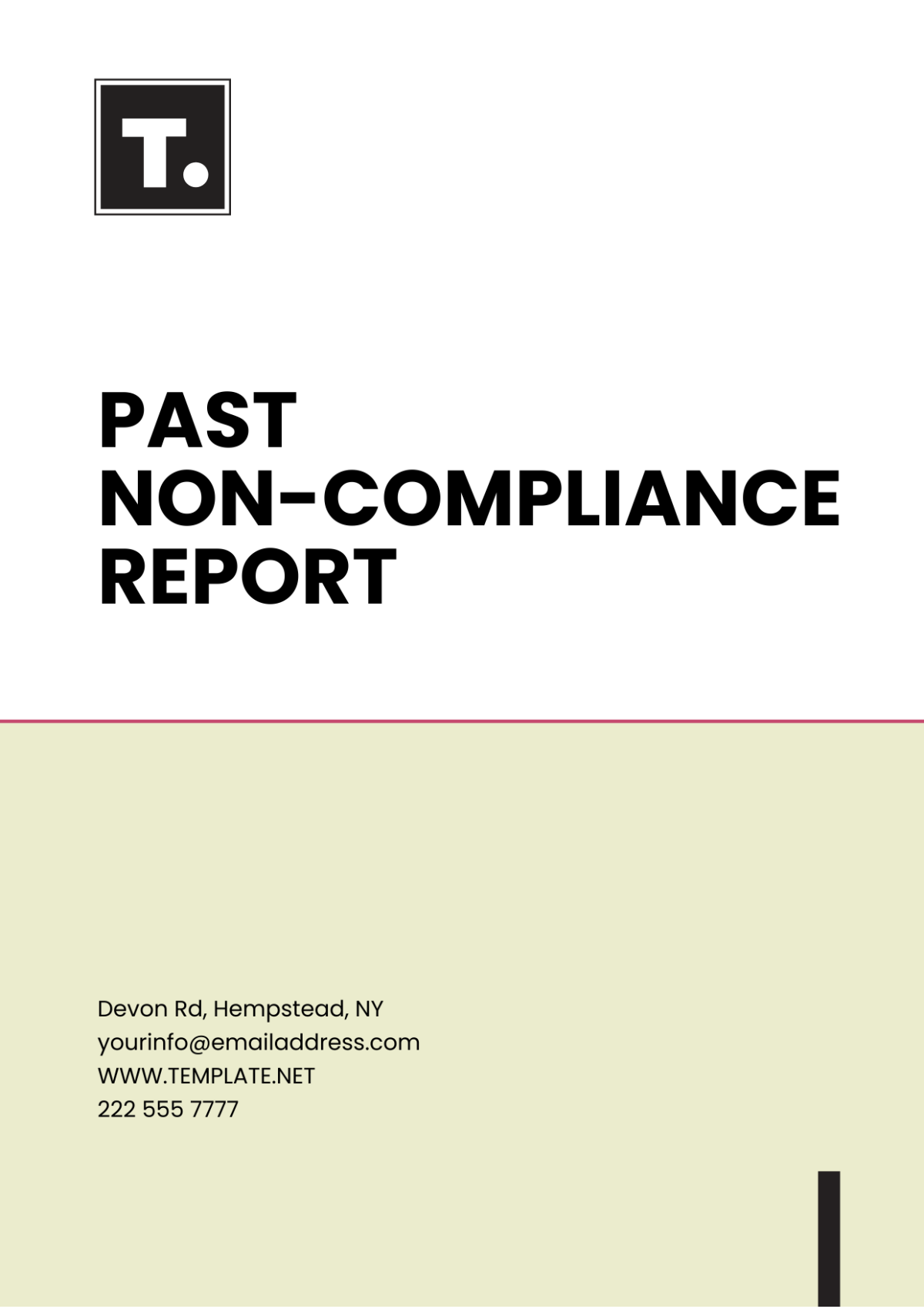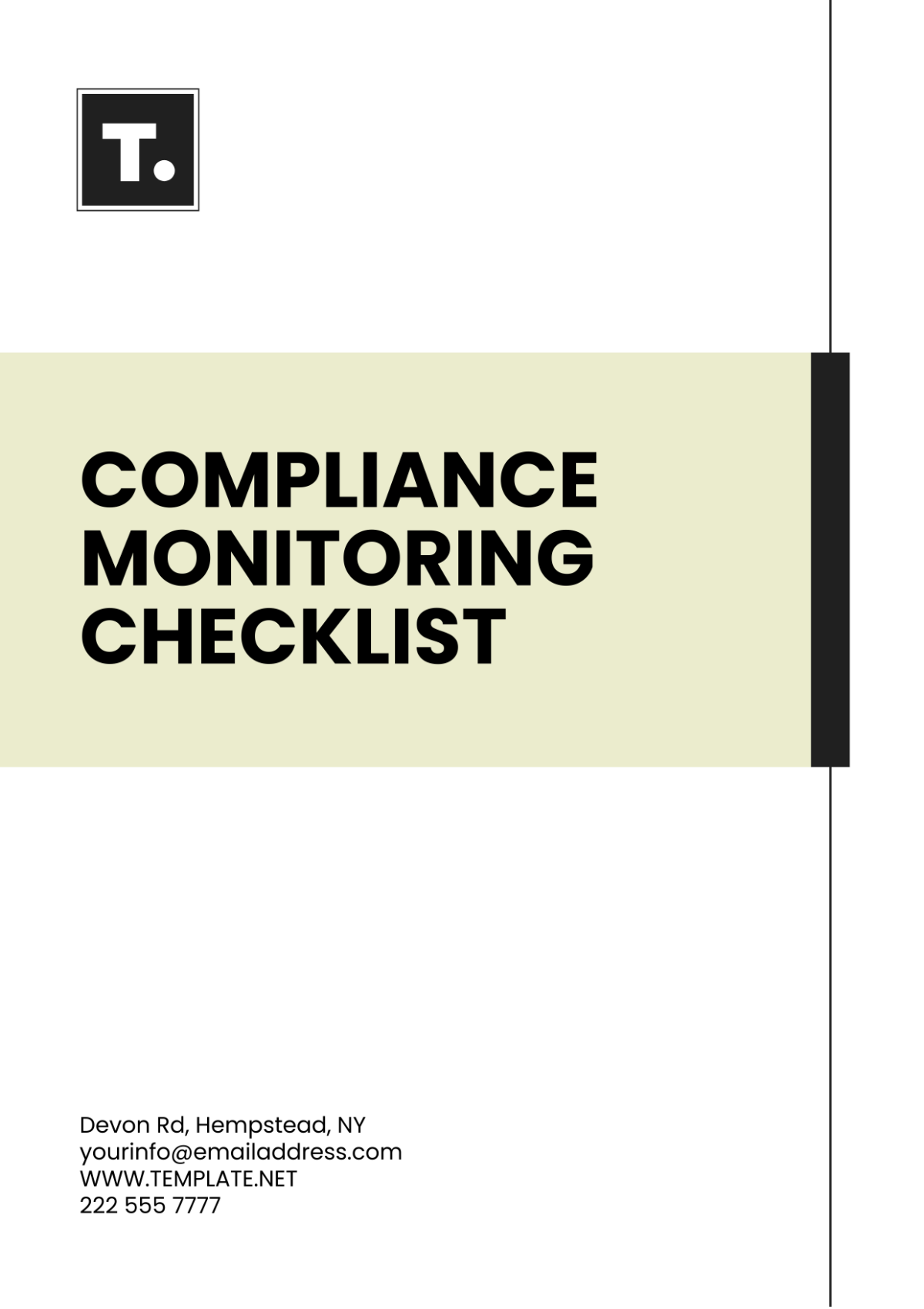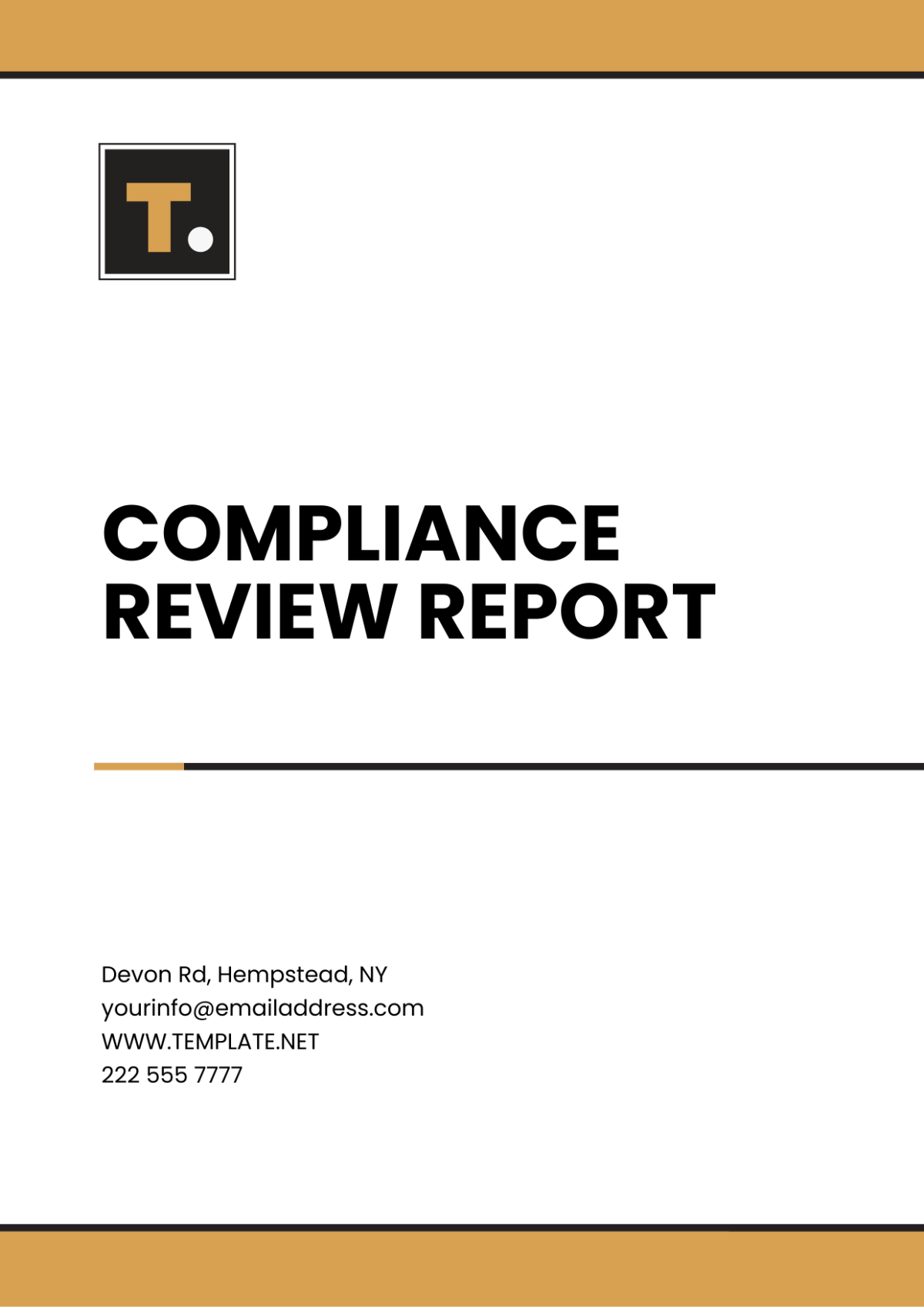Data Security Compliance
I. Introduction
Data Security Compliance is a critical component for [YOUR COMPANY NAME] that handles sensitive information. Ensuring that data is protected from unauthorized access and breaches is paramount to maintaining the trust of customers and stakeholders. This document outlines the essential requirements and best practices to achieve data security compliance.
II. Data Classification
Data classification involves categorizing data based on its sensitivity and the impact that its breach would have.
Sensitive data: Requires the highest level of protection.
Confidential data: Needs to be protected, but not to the extent of sensitive data.
Public data: Can be freely shared and requires minimal protection.
III. Access Control
Access control mechanisms ensure that only authorized personnel have access to certain data.
Role-based Access Control (RBAC): Assigns access based on job roles within an organization.
Mandatory Access Control (MAC): Restricts access based on data classification and user clearance levels.
Discretionary Access Control (DAC): Data owners decide who can access their data.
IV. Data Encryption
Data encryption converts data into a secure format that can only be read by someone with the correct decryption key.
At-rest Encryption: Protects data stored on devices or servers.
In-transit Encryption: Secures data transmitted over networks.
V. Incident Response
Incident response involves promptly addressing security breaches to mitigate damage and restore normal operations.
Preparation: Develop a response plan and train staff regularly.
Identification: Detect and determine the scope of the incident.
Containment: Limit the spread and impact of the breach.
Eradication: Remove the root cause of the incident.
Recovery: Restore systems and verify their security.
Lessons Learned: Analyze the incident to prevent future occurrences.
VI. User Training
Training programs are essential to ensure that employees are aware of and understand data security policies and procedures.
Regular training sessions on data security best practices.
Phishing simulation to enhance employee vigilance.
Documentation of security policies and procedures for easy reference.
VII. Audit and Monitoring
Continuous auditing and monitoring of systems help identify vulnerabilities and ensure compliance with data security policies.
Regular security audits to assess the effectiveness of security measures.
Continuous monitoring of network and system activities.
Implementation of automated tools to detect and report anomalies.
VIII. References
Provided below are key references that should be considered when developing and maintaining data security compliance programs.
ISO/IEC 27001: International standard for information security management.
NIST Cybersecurity Framework: Guidelines for improving the security and resilience of organizations.
GDPR: General Data Protection Regulation for data protection and privacy in the EU.
CIS Controls: Set of actions to improve cybersecurity defenses.
IX. Appendices
Appendices provide additional resources and templates used to support data security compliance efforts.
Appendix | Description |
|---|---|
Appendix A | Data Classification |
Appendix B | Incident Response Plan |
Appendix C | Access Control Policy |
Appendix D | Security Audit Checklist |
